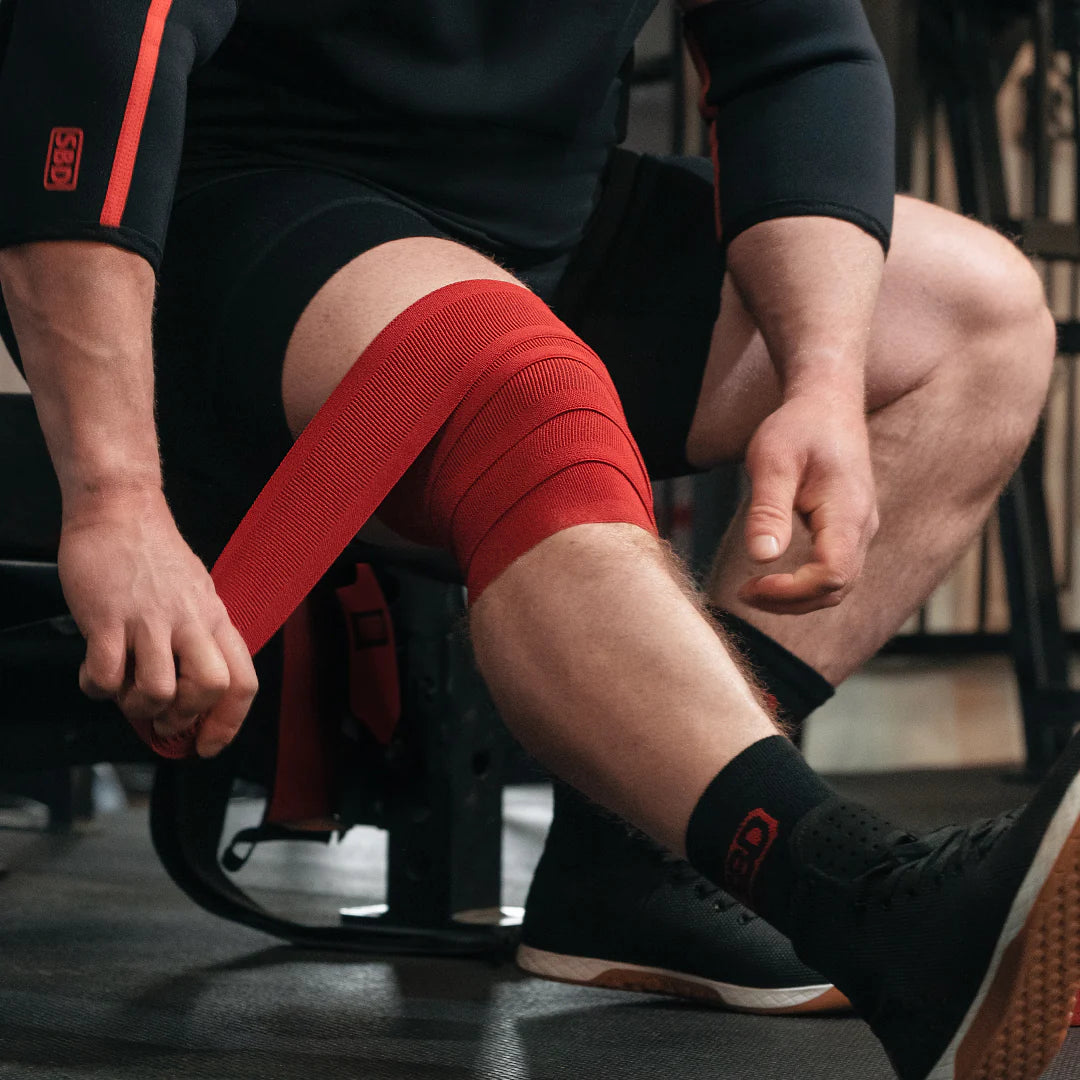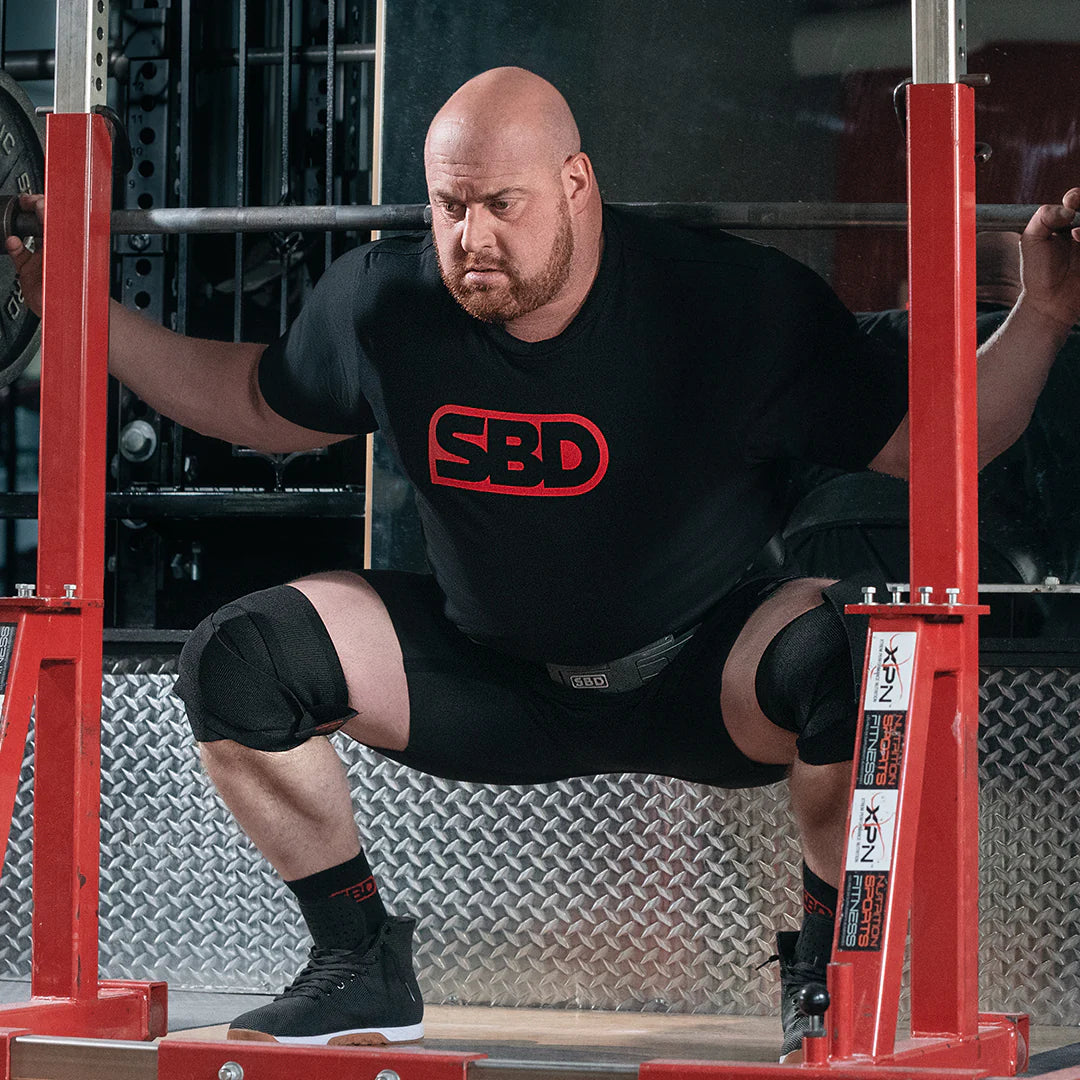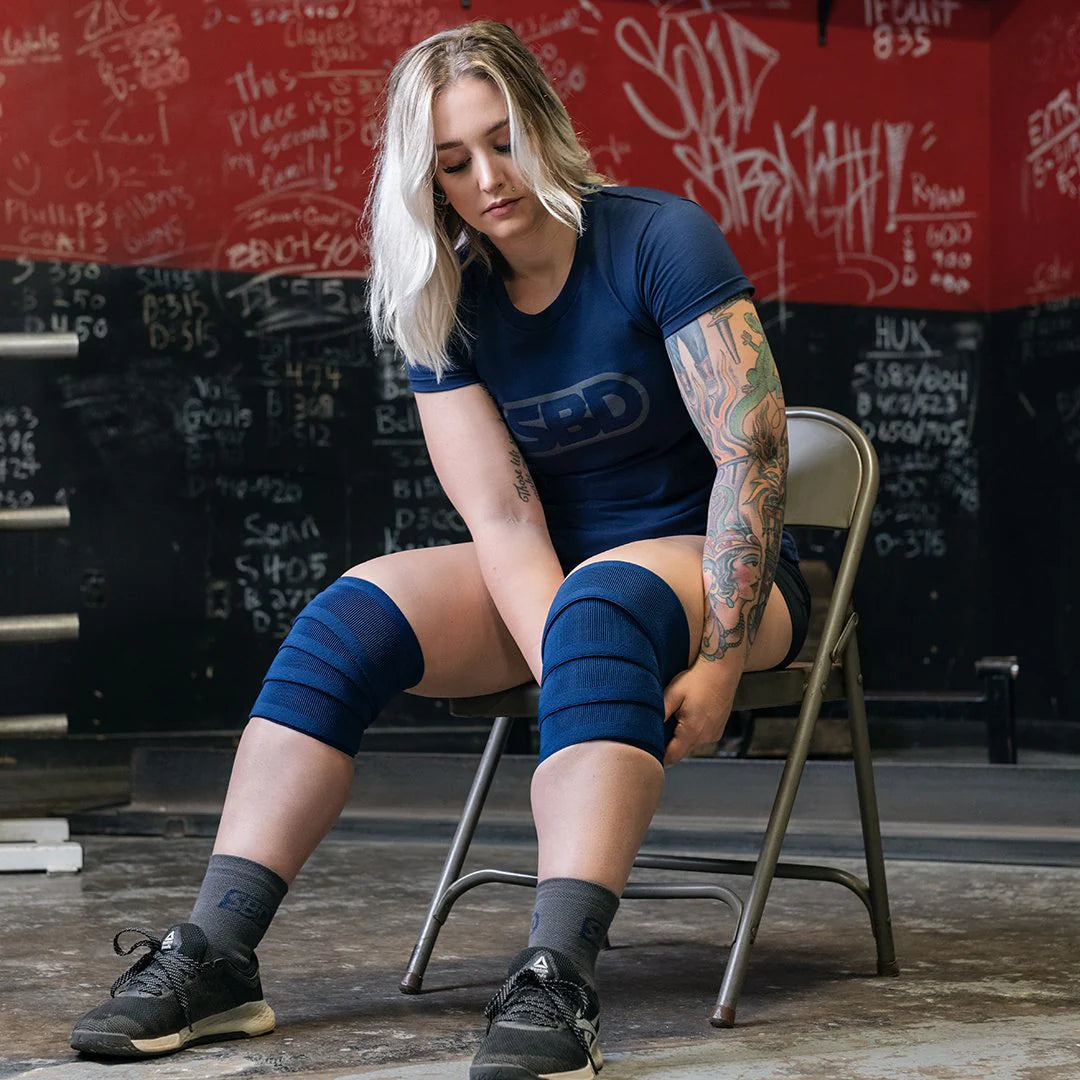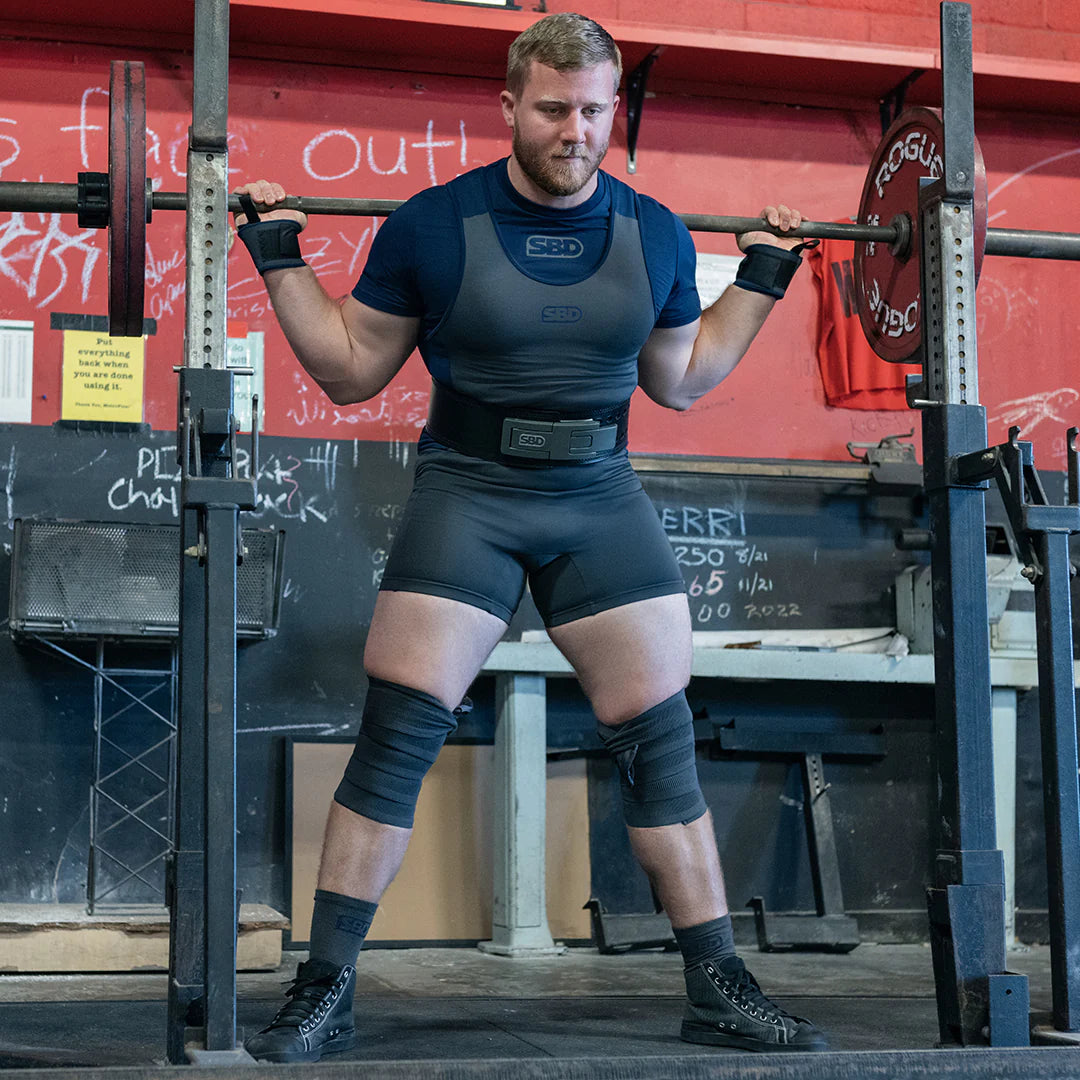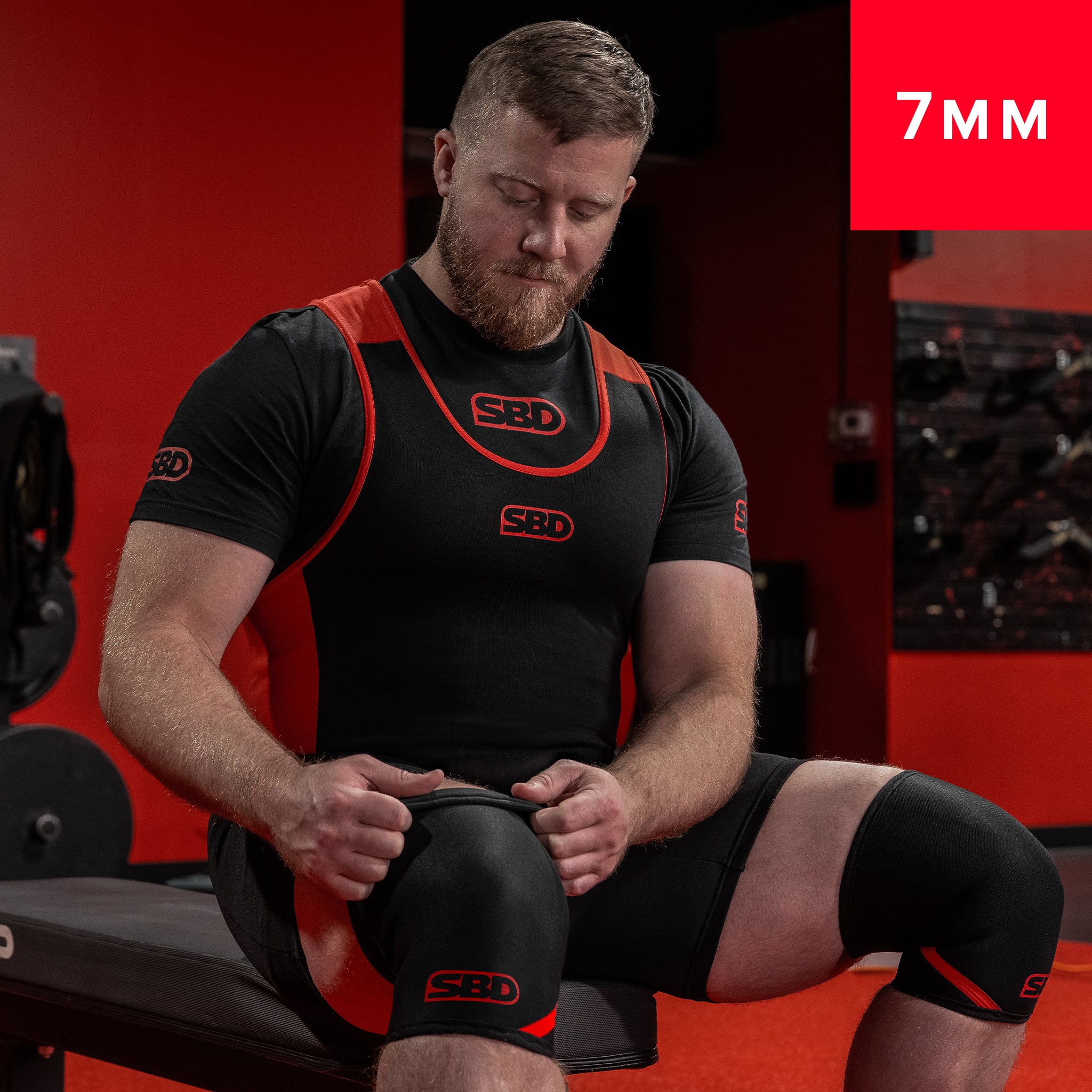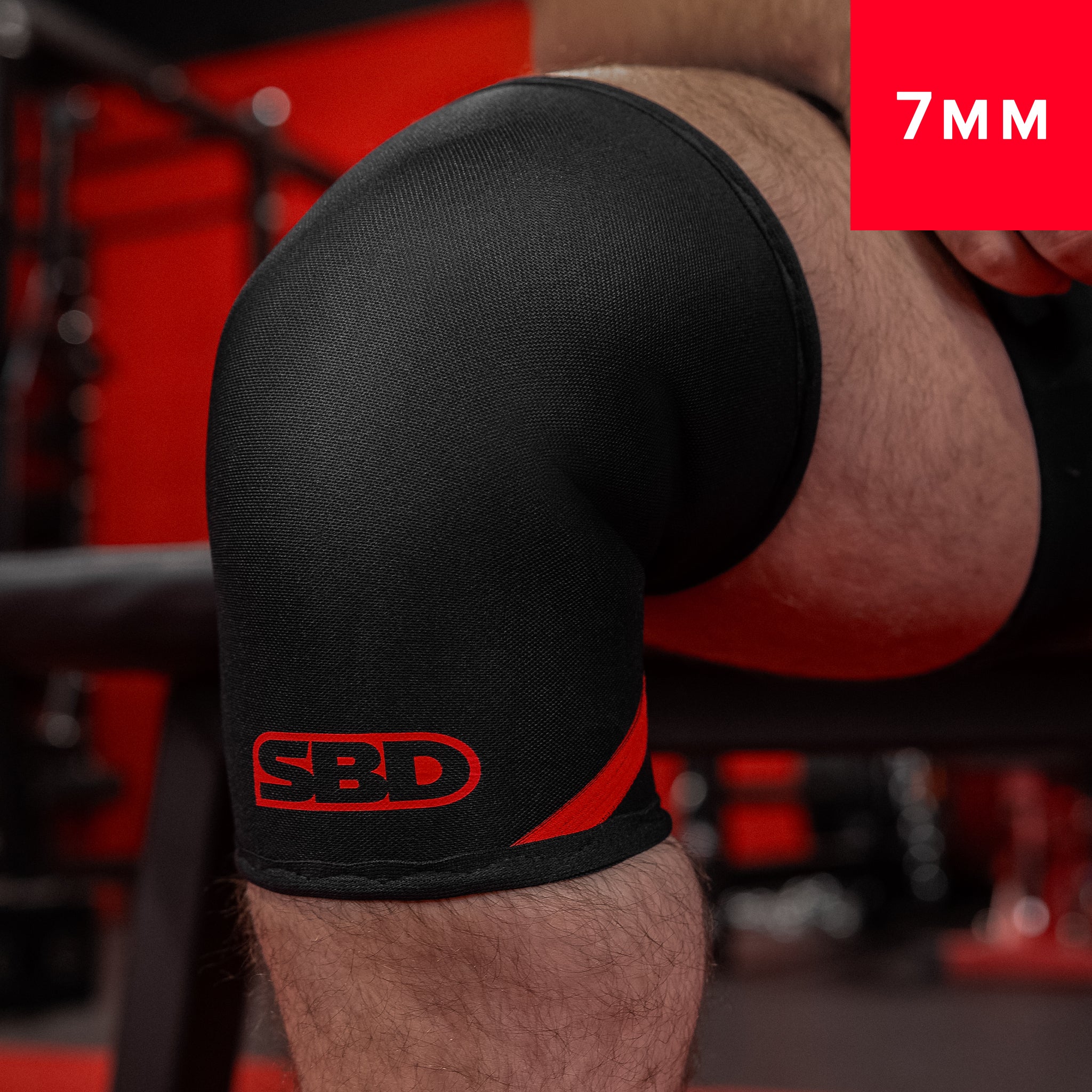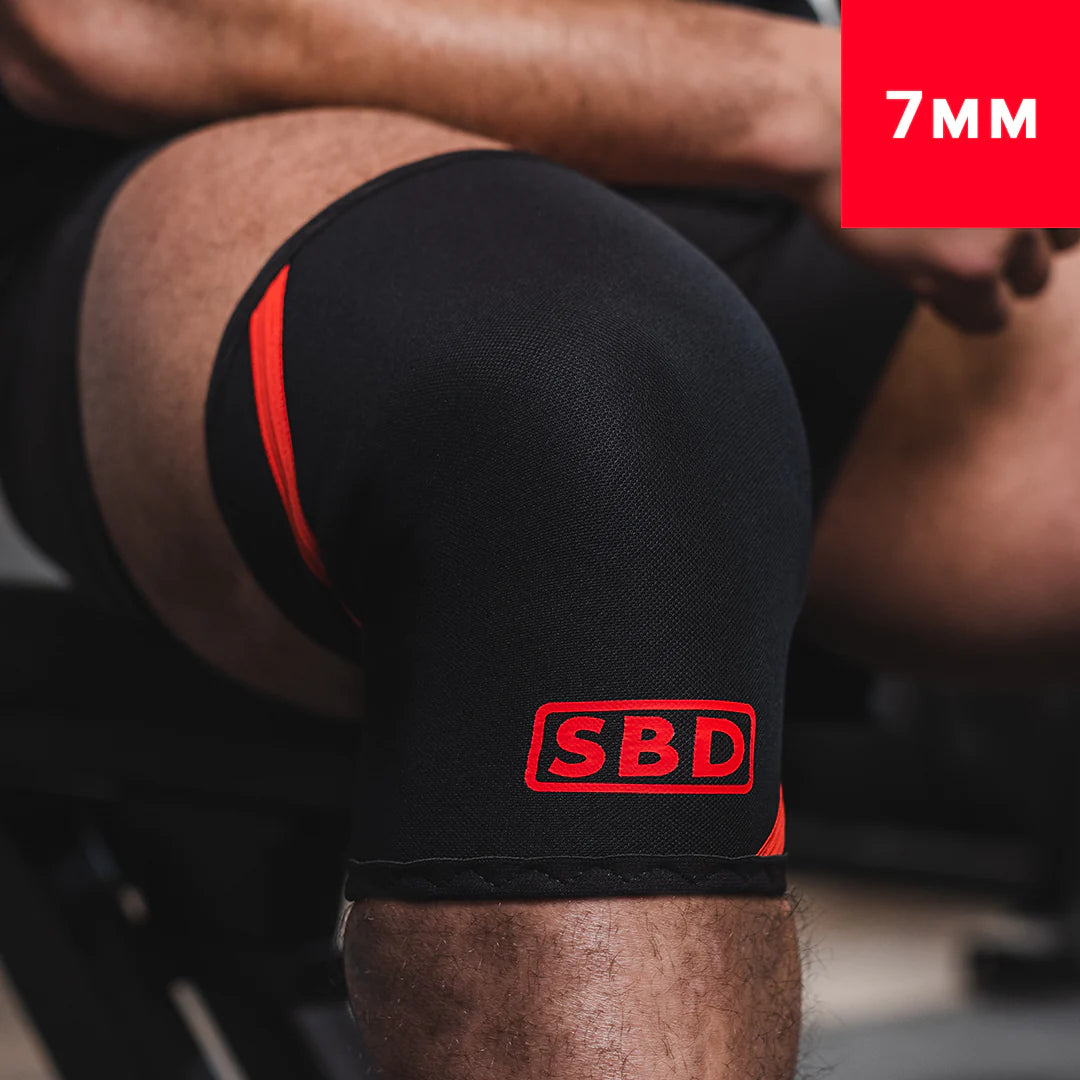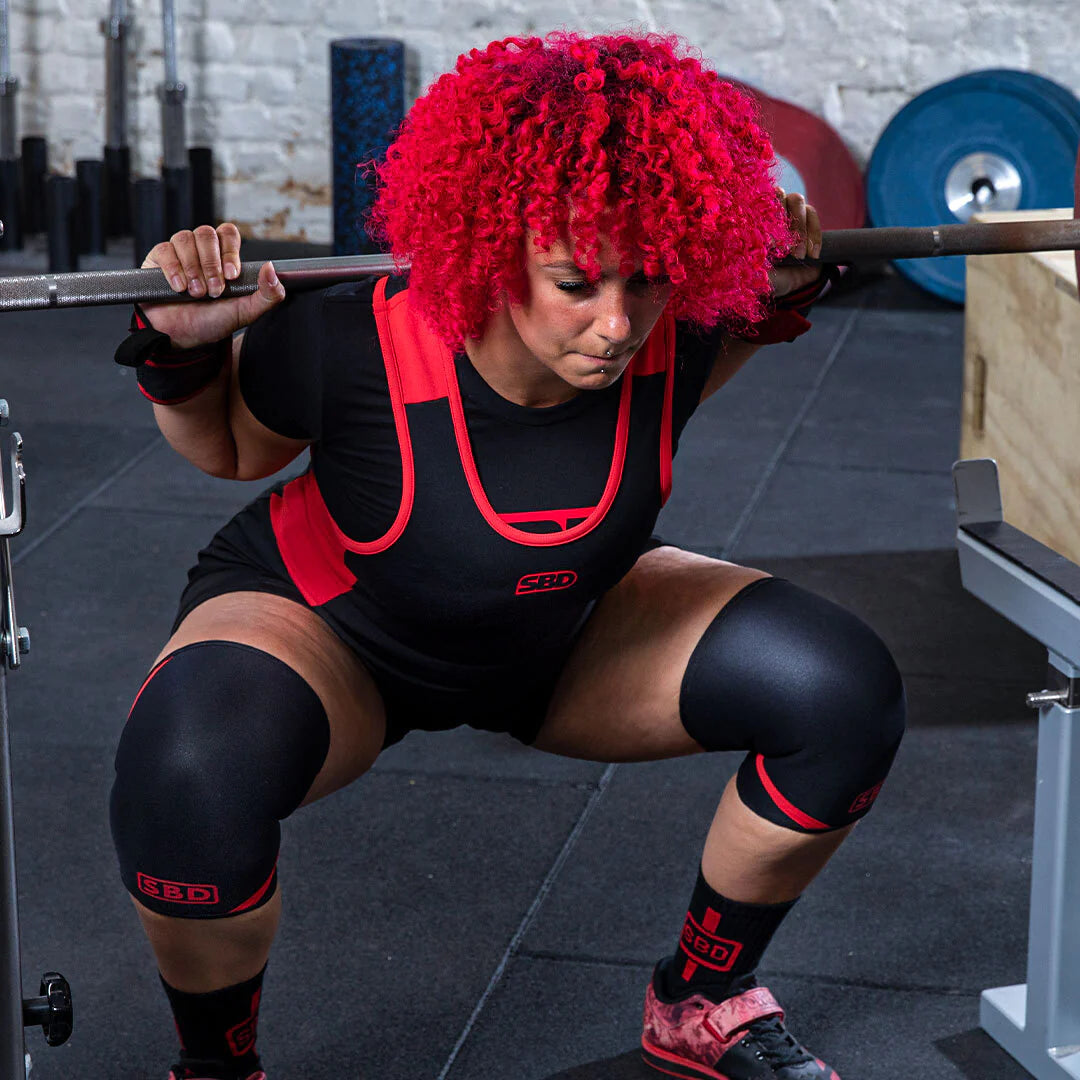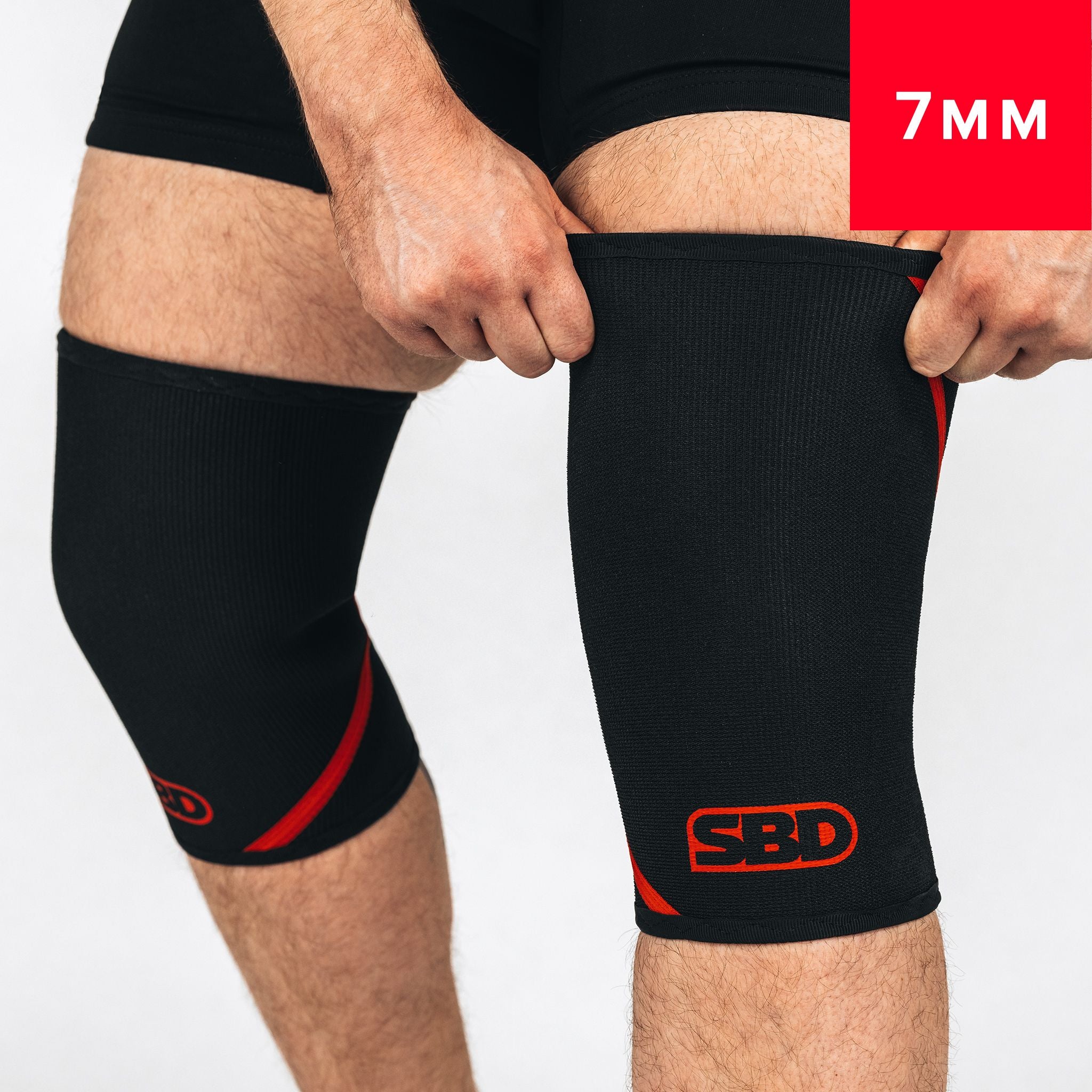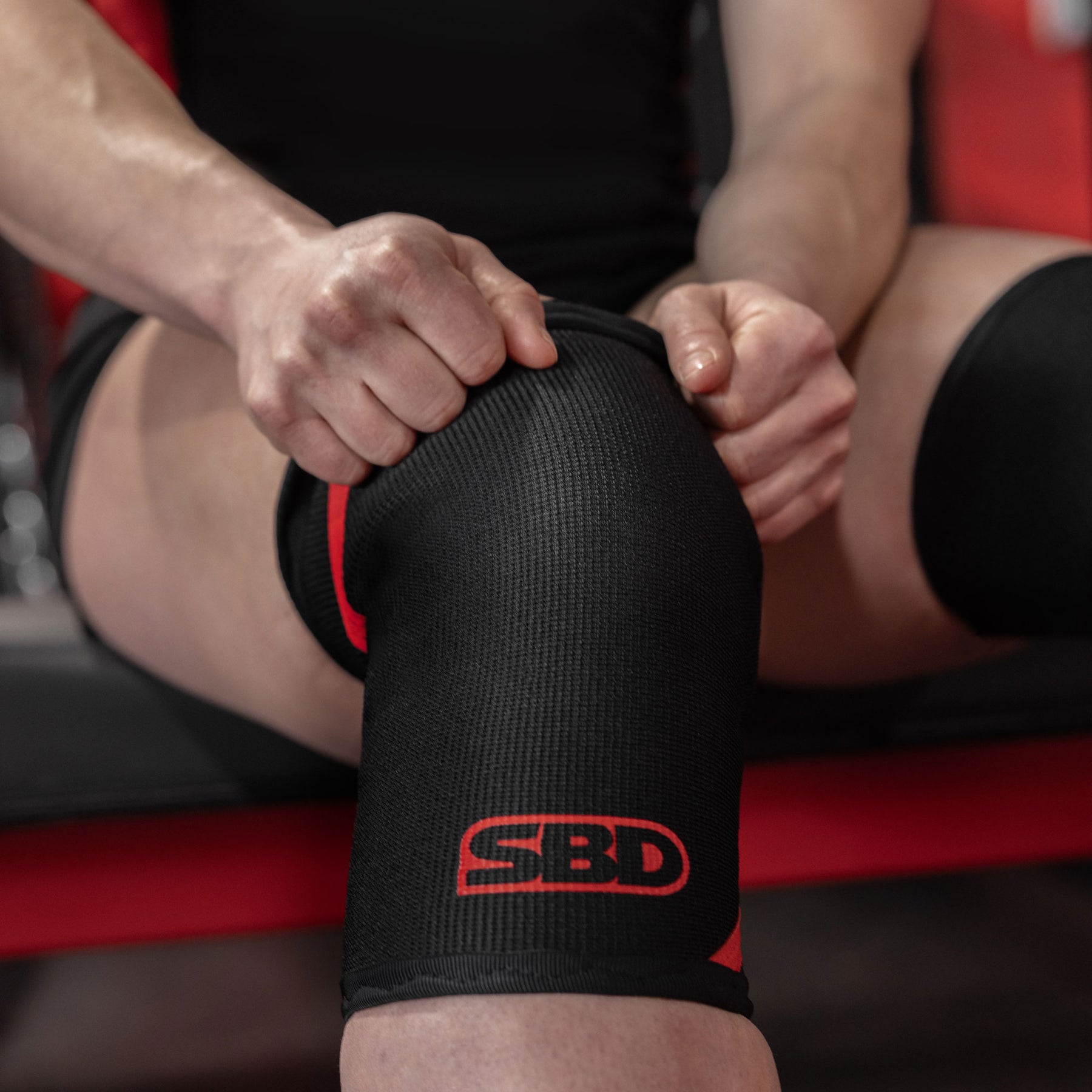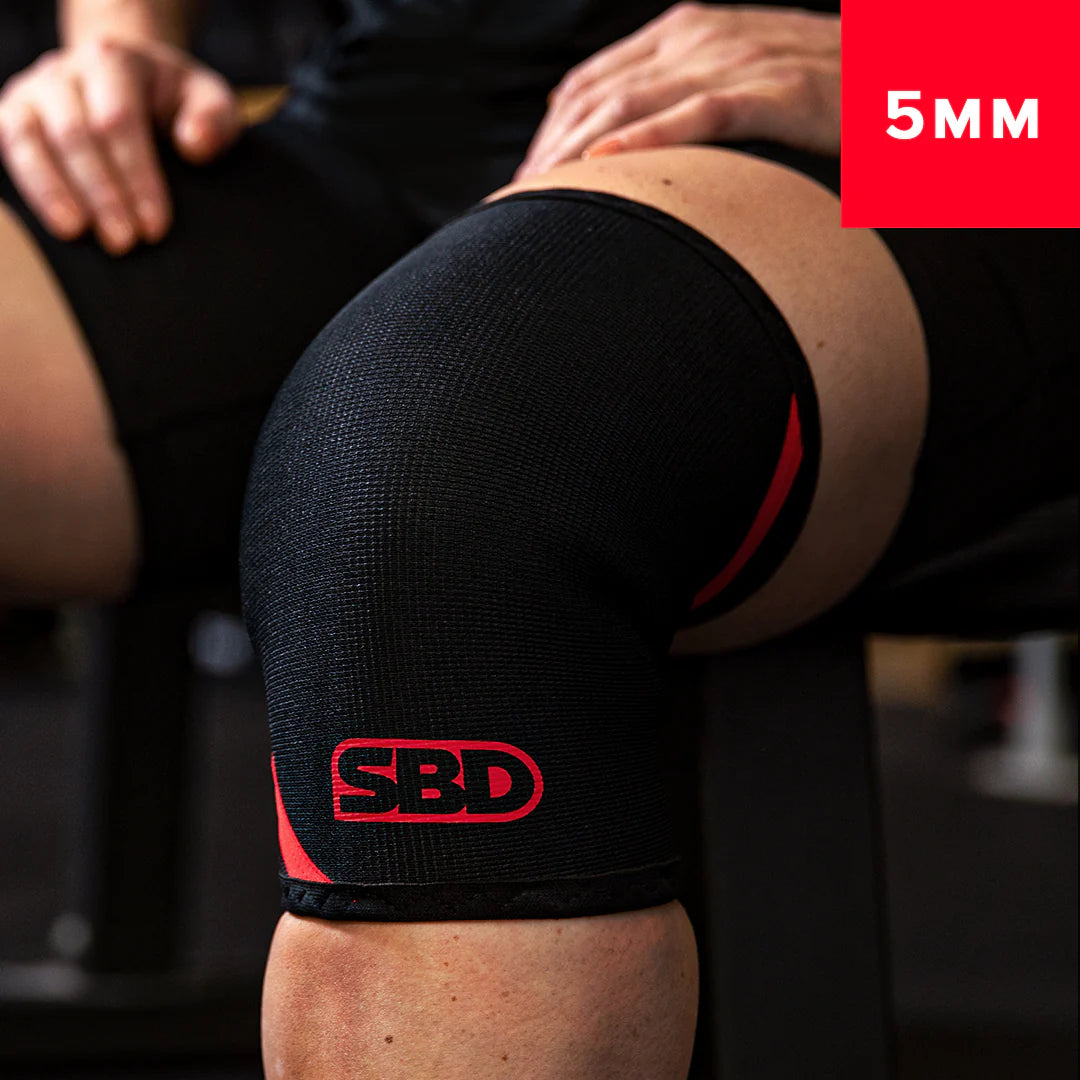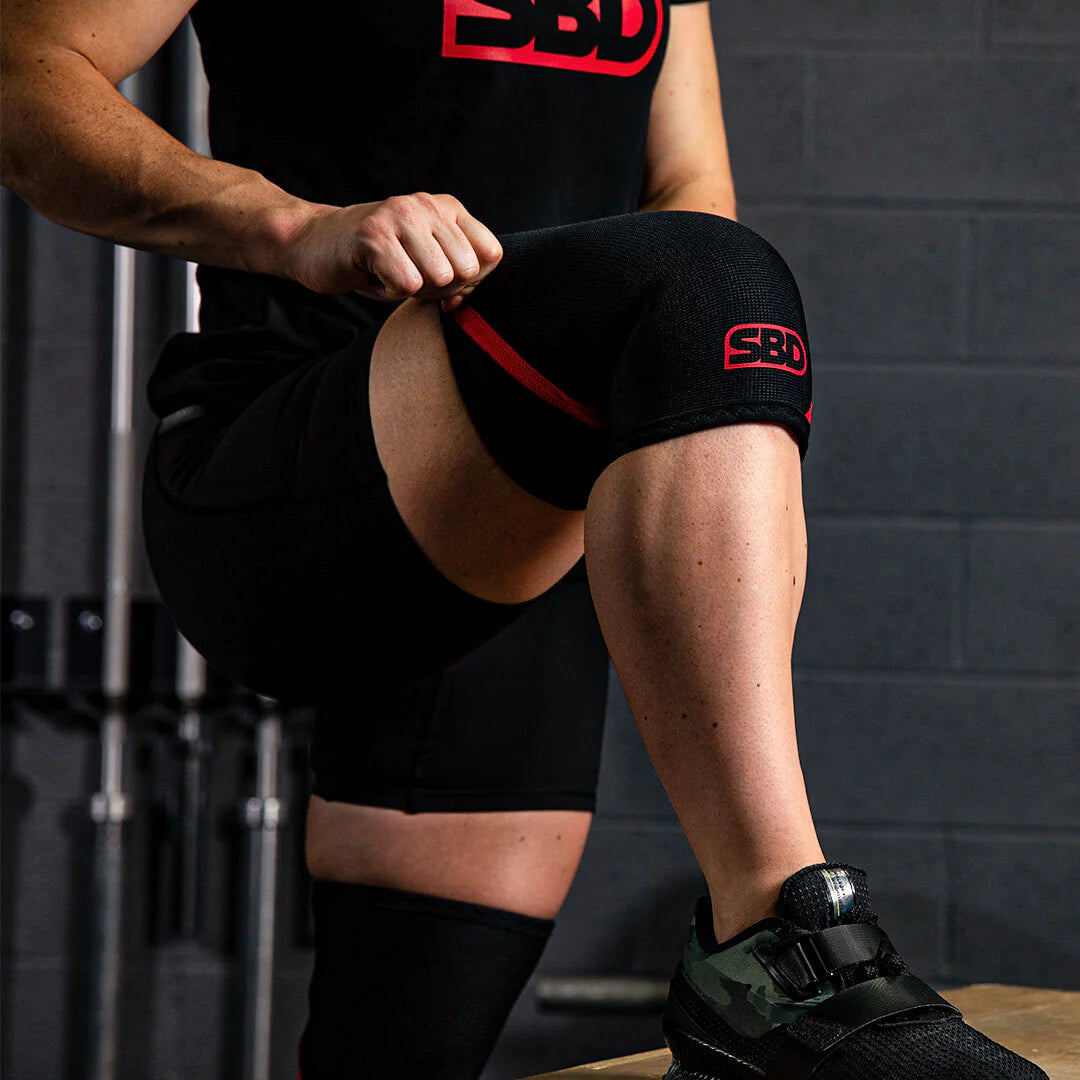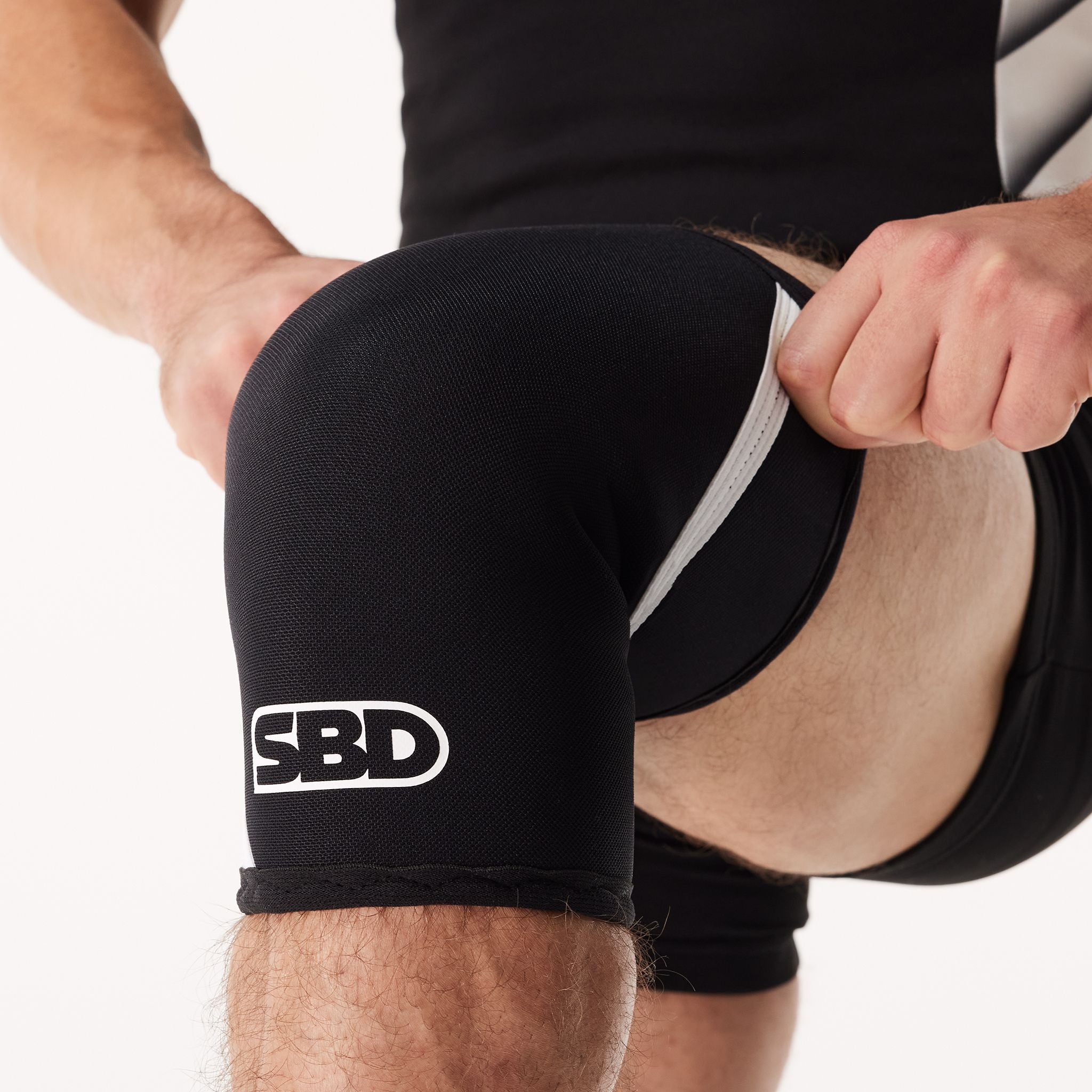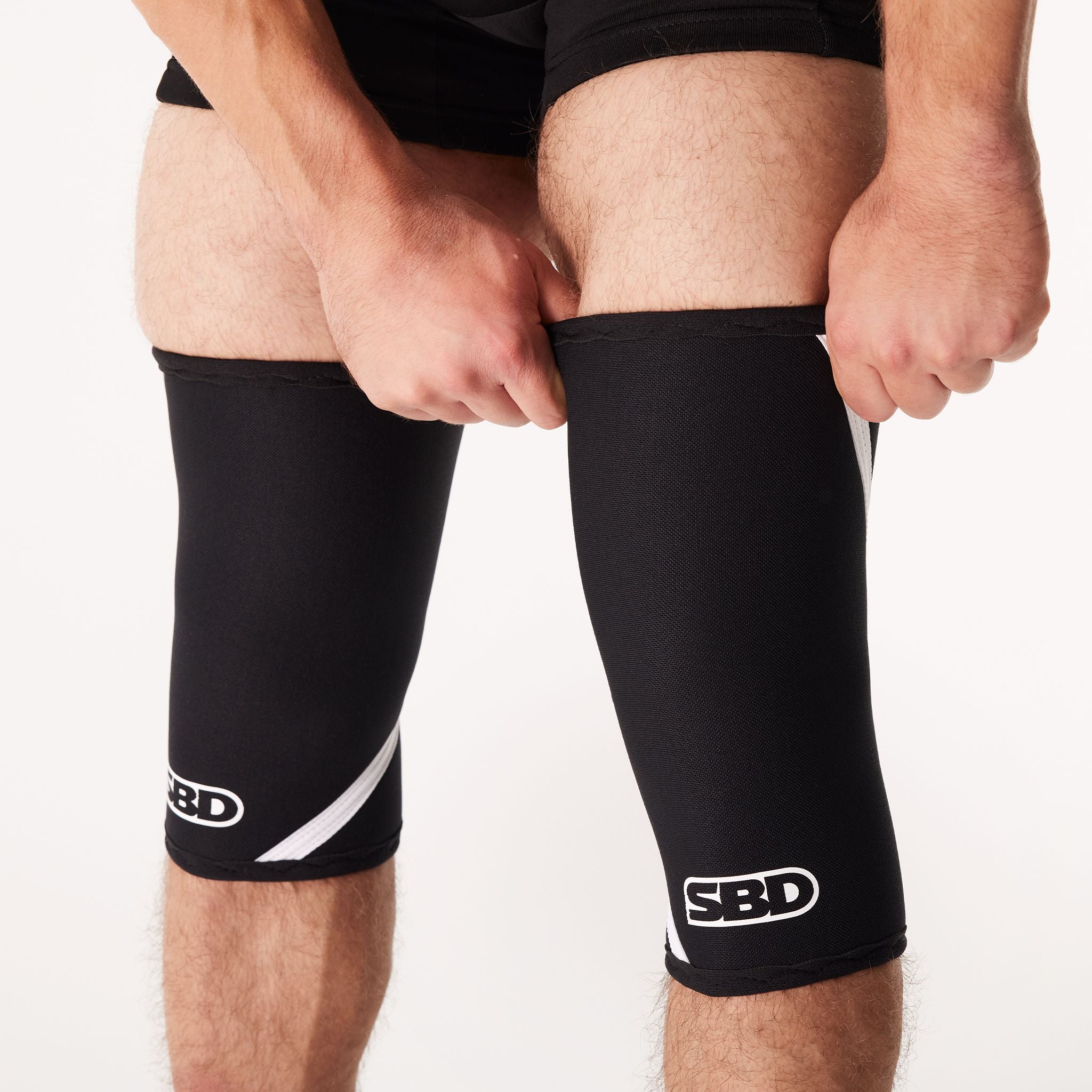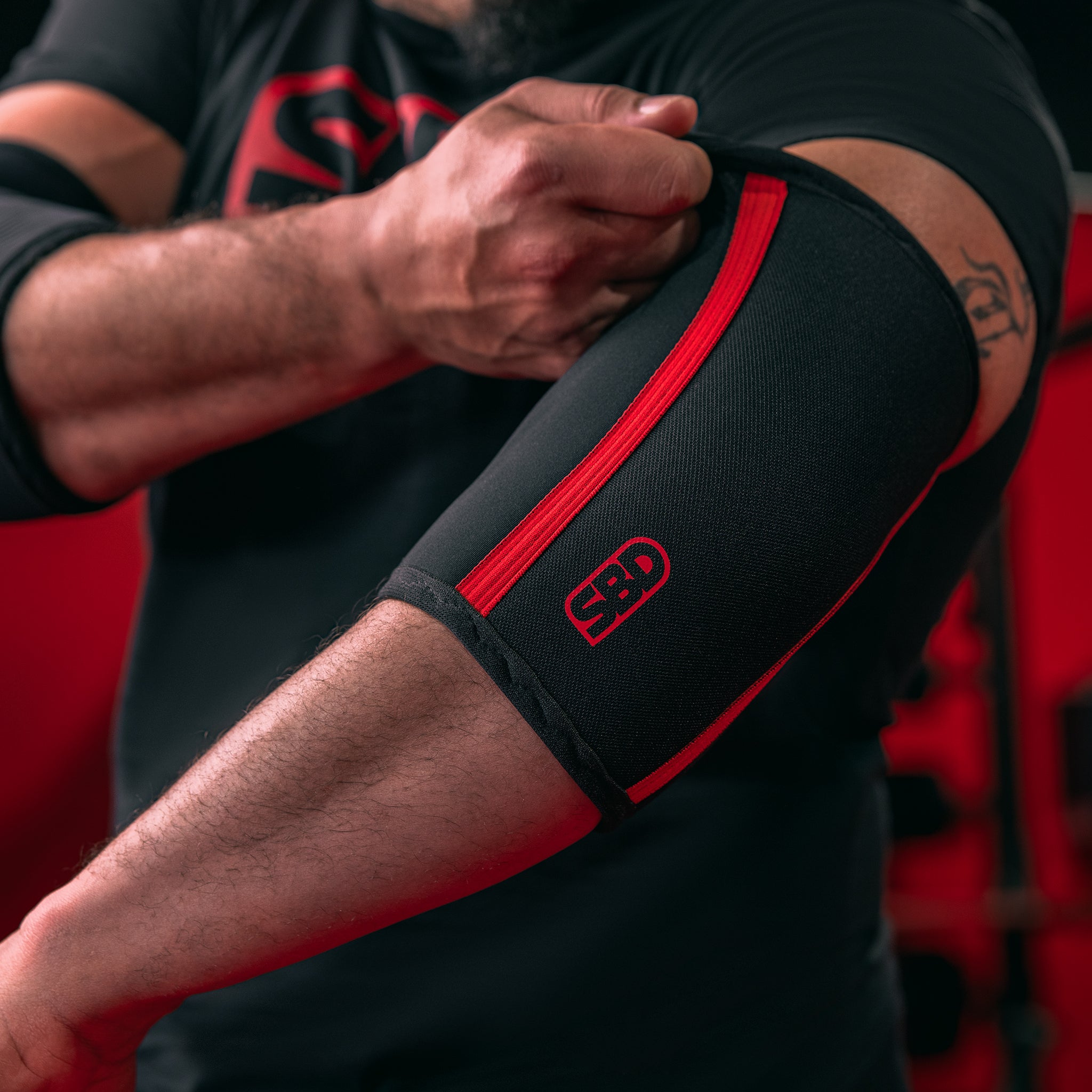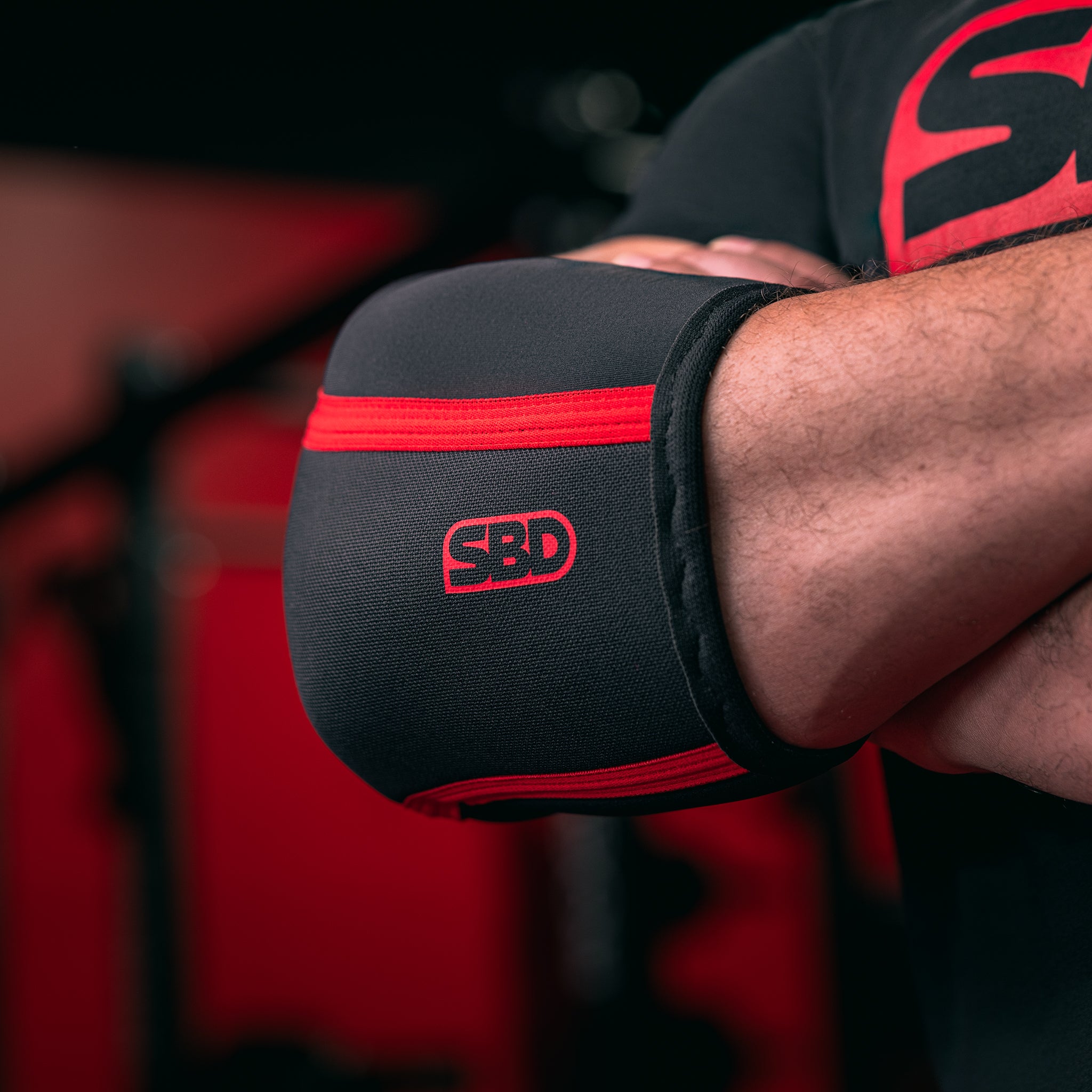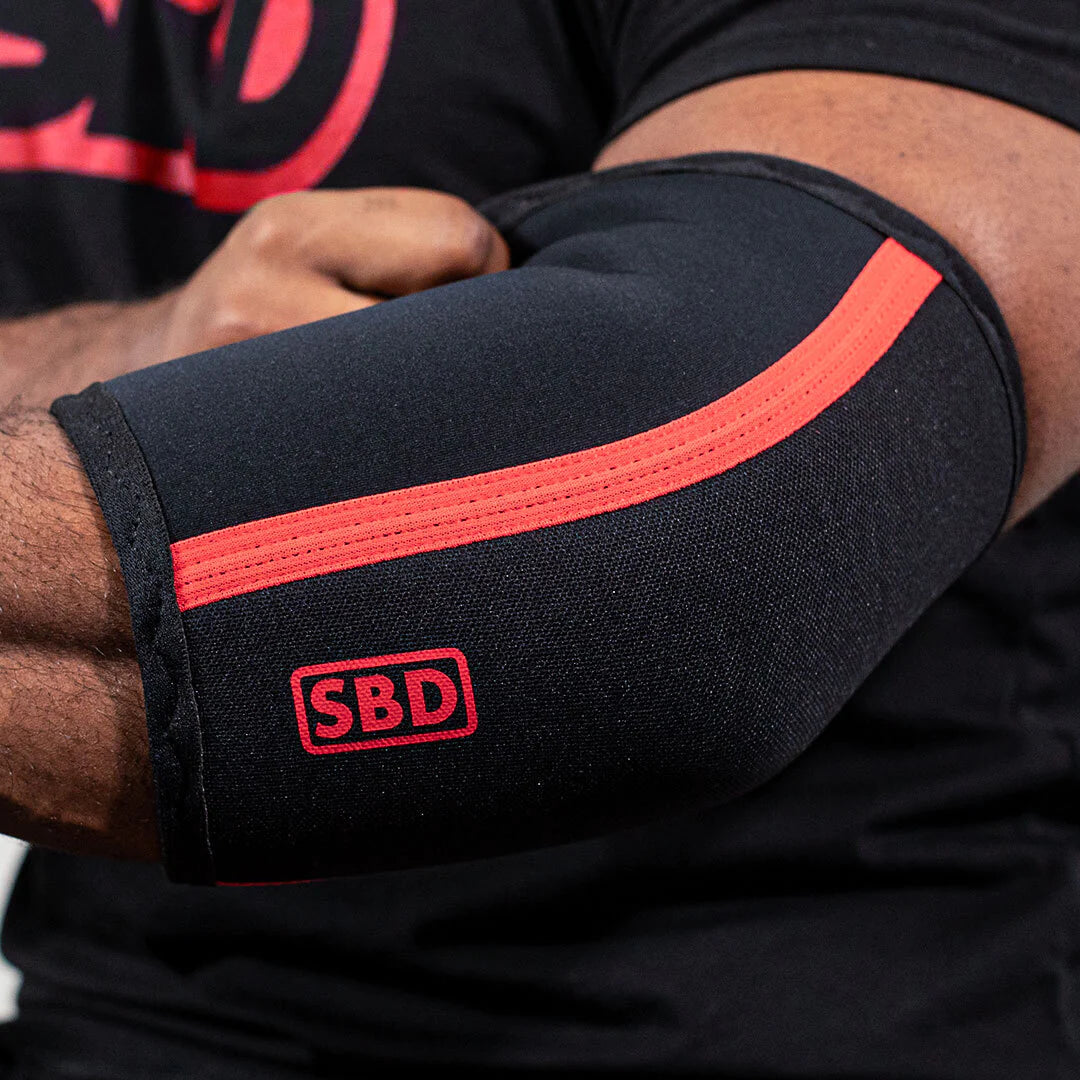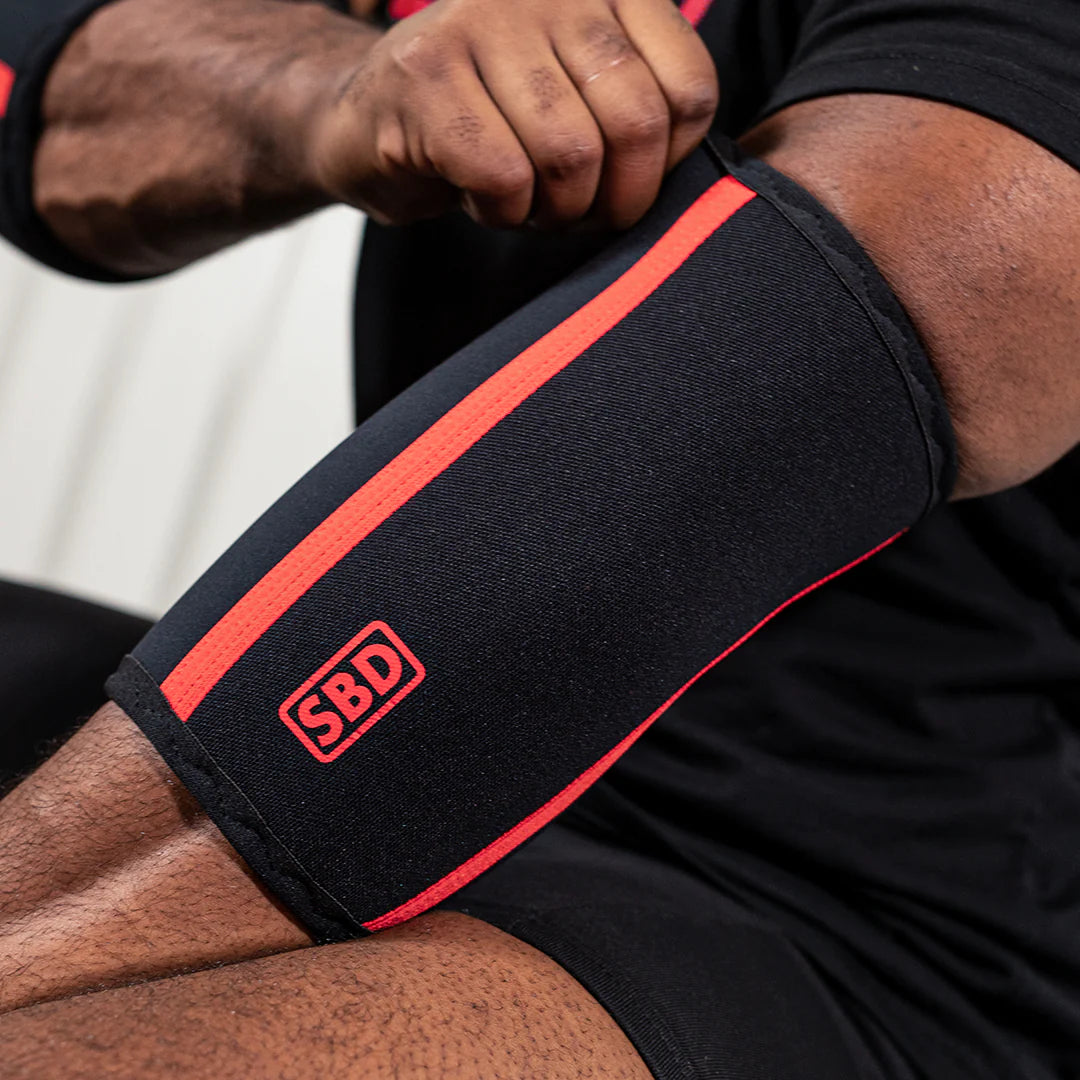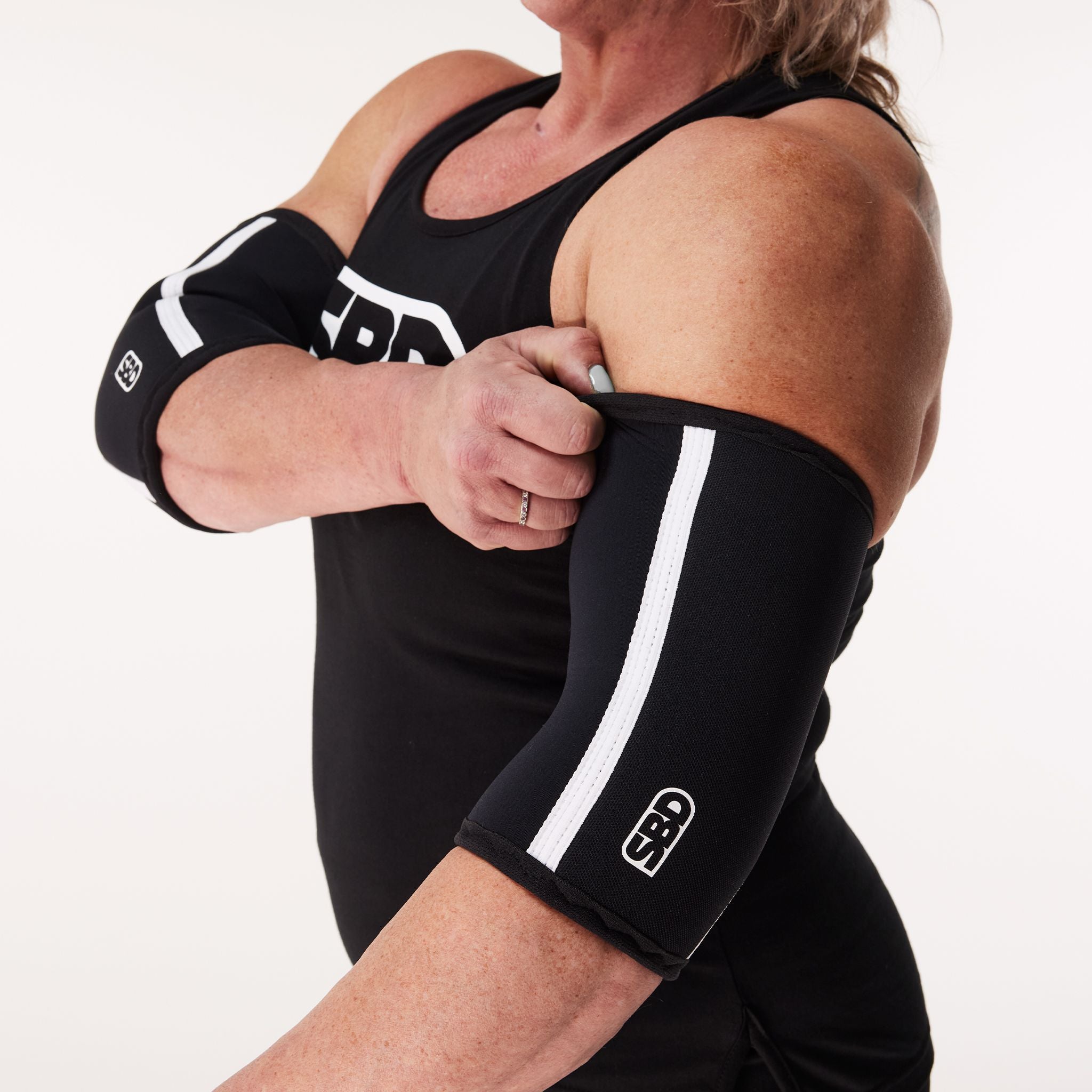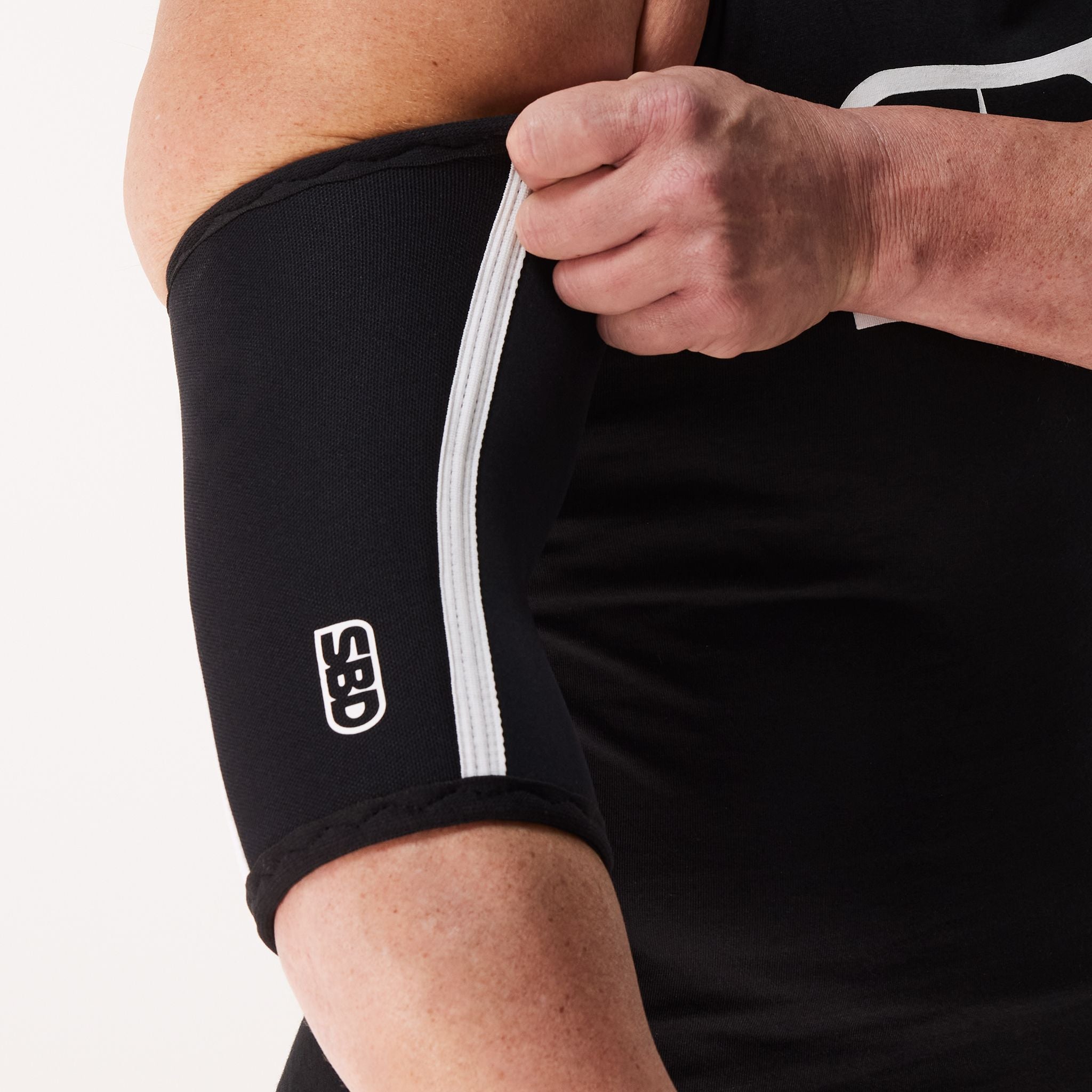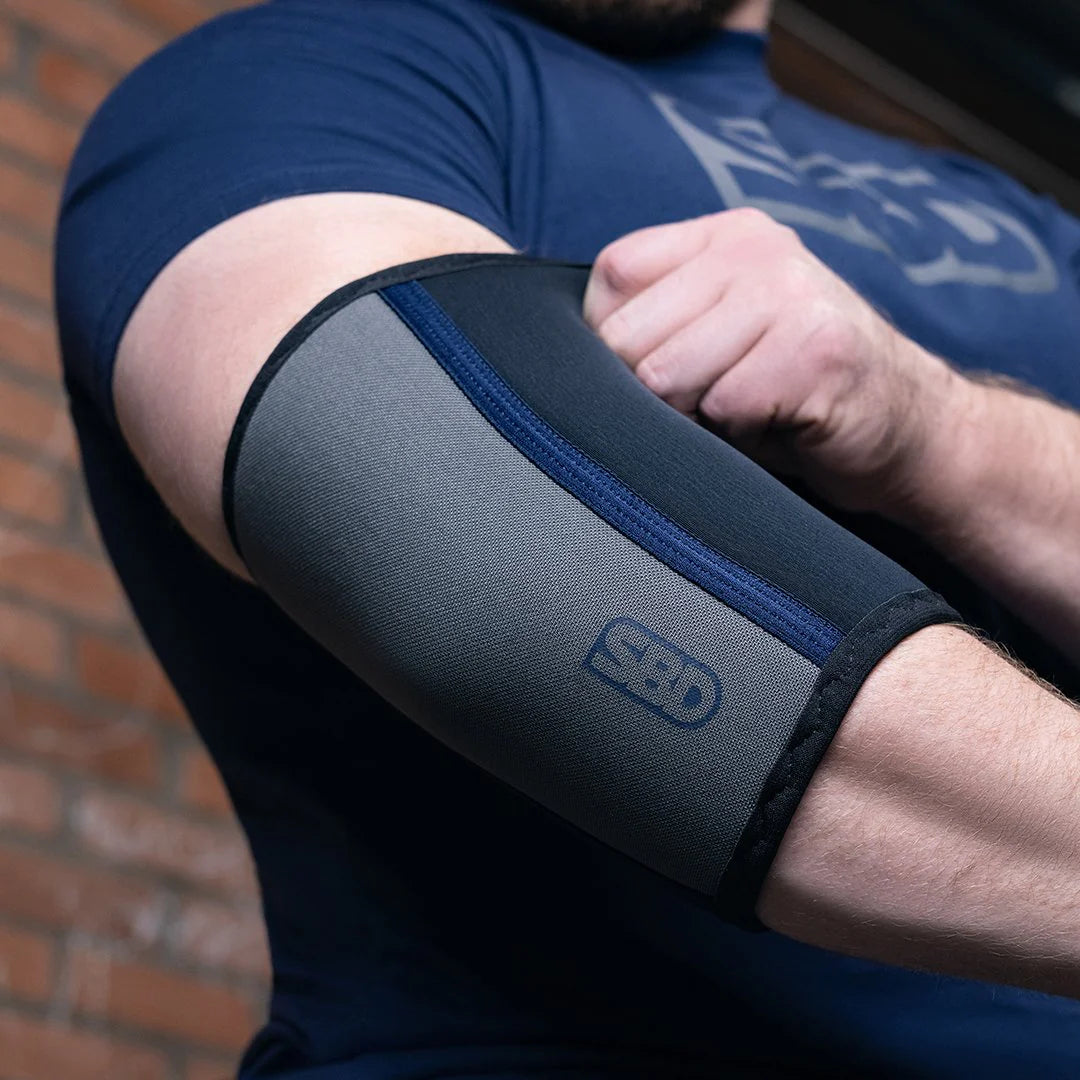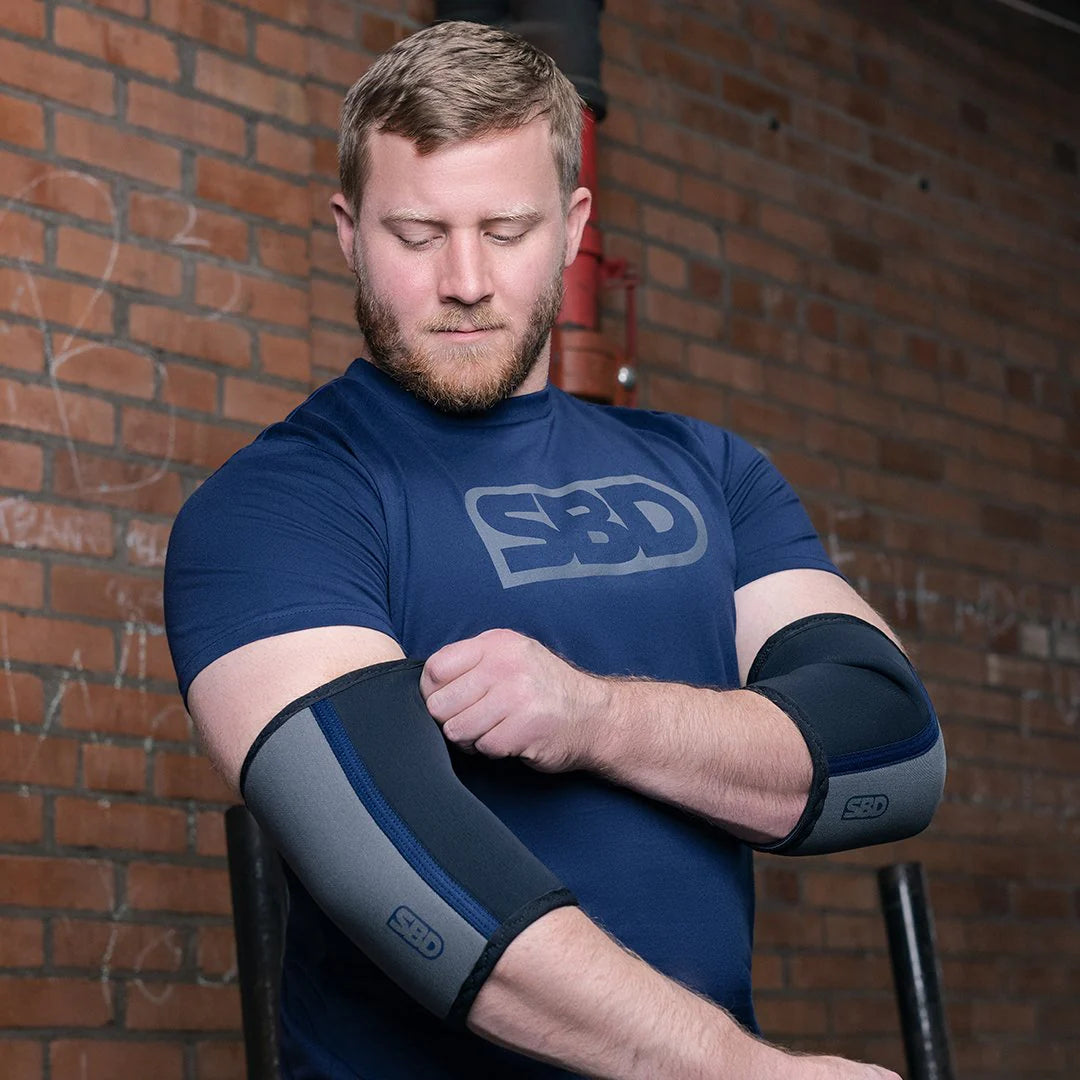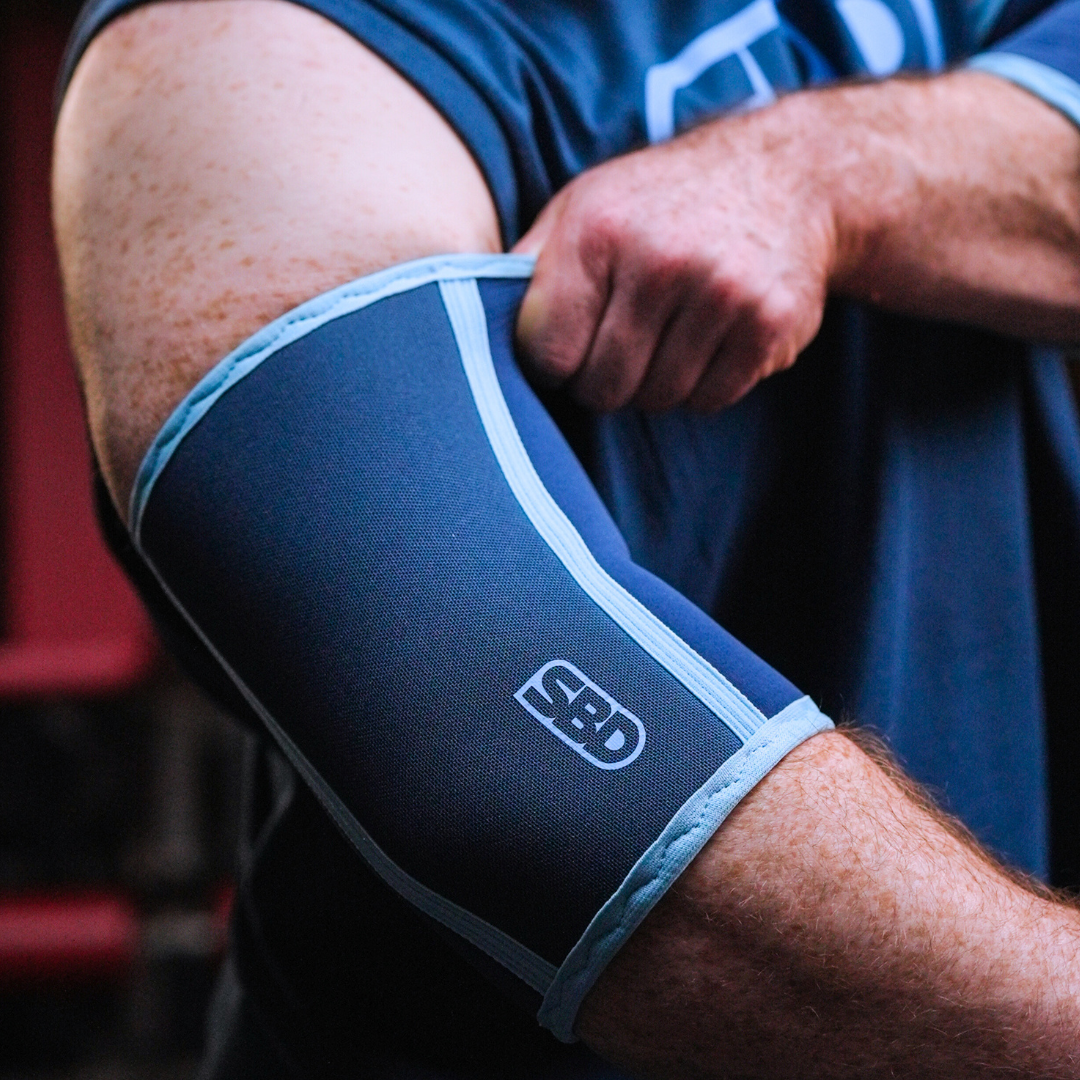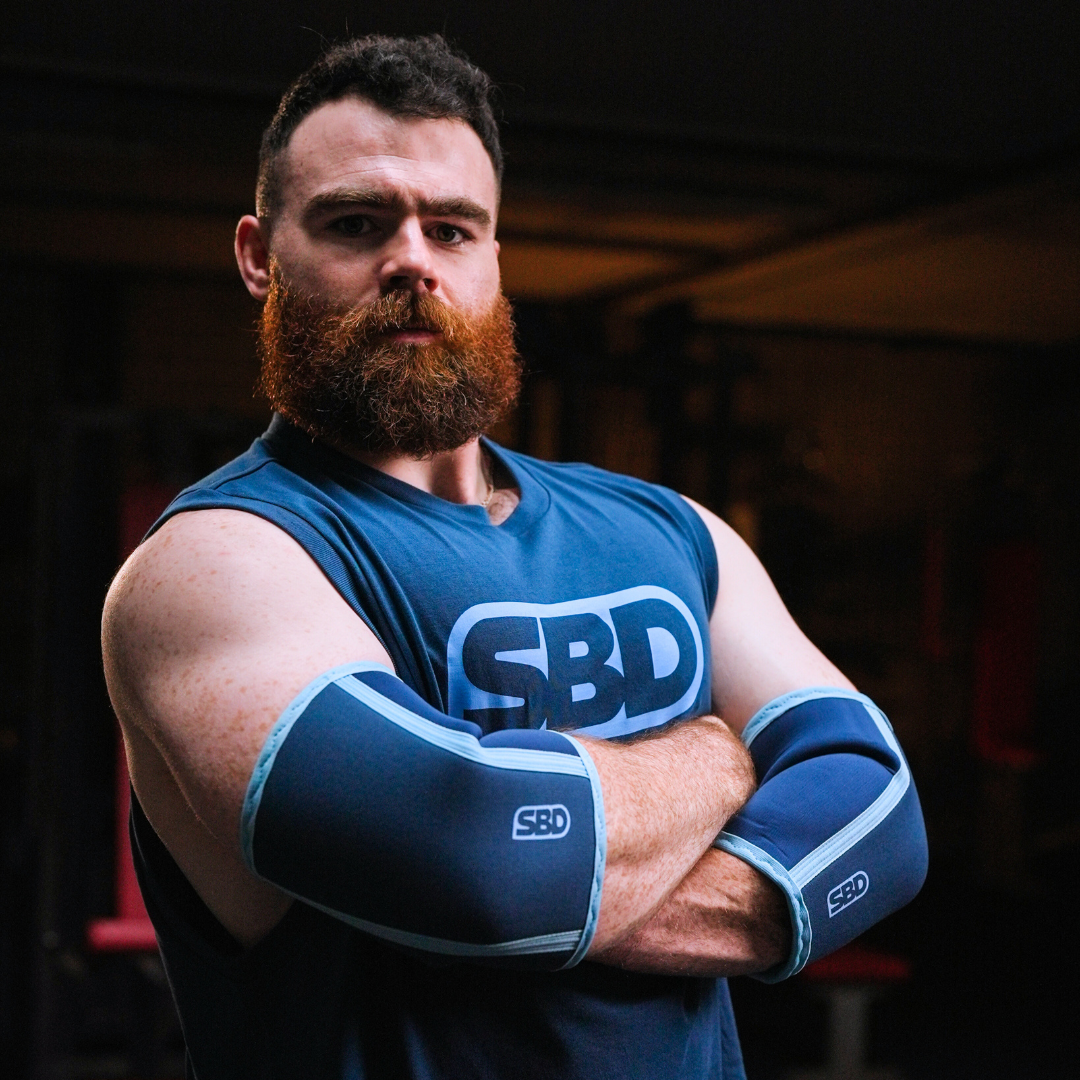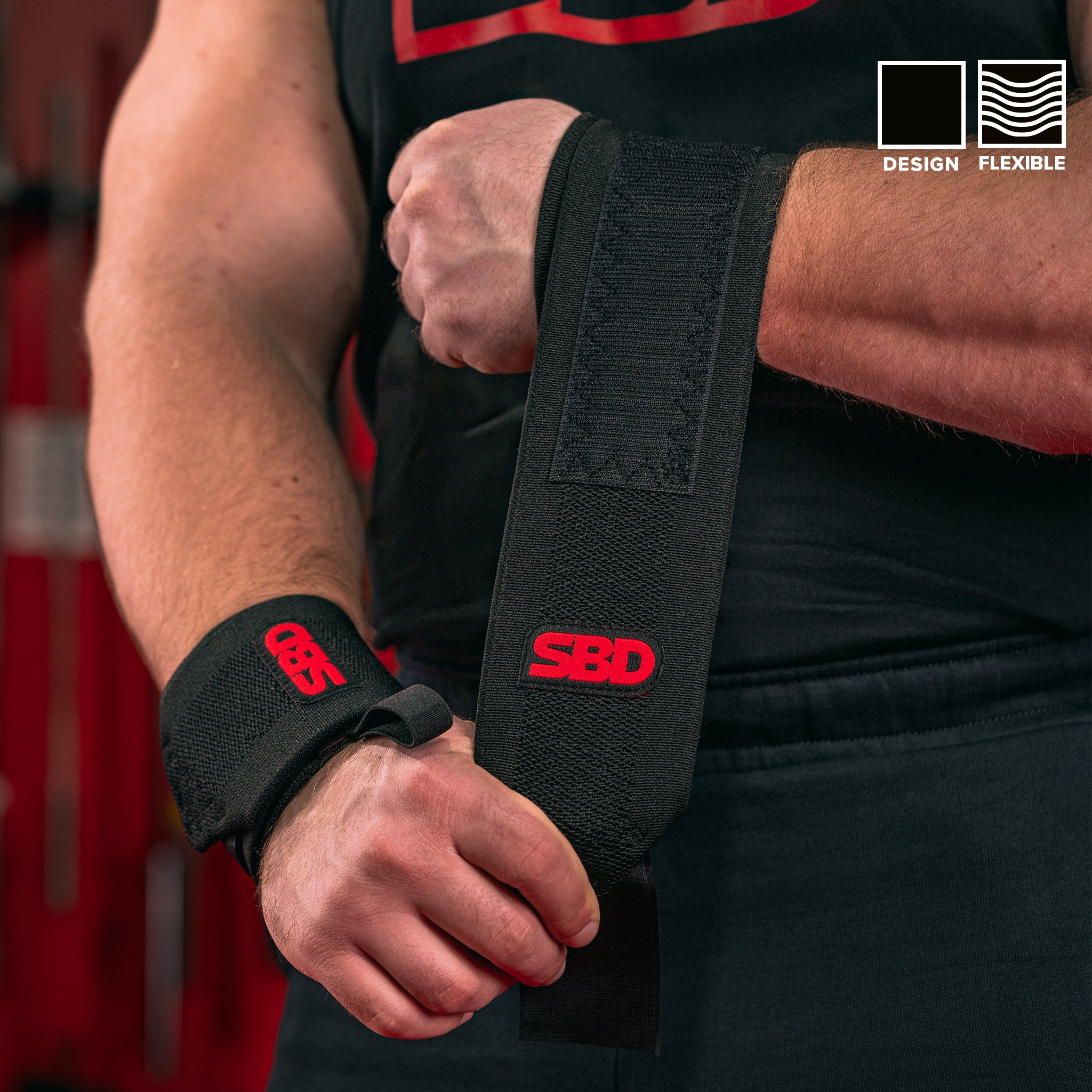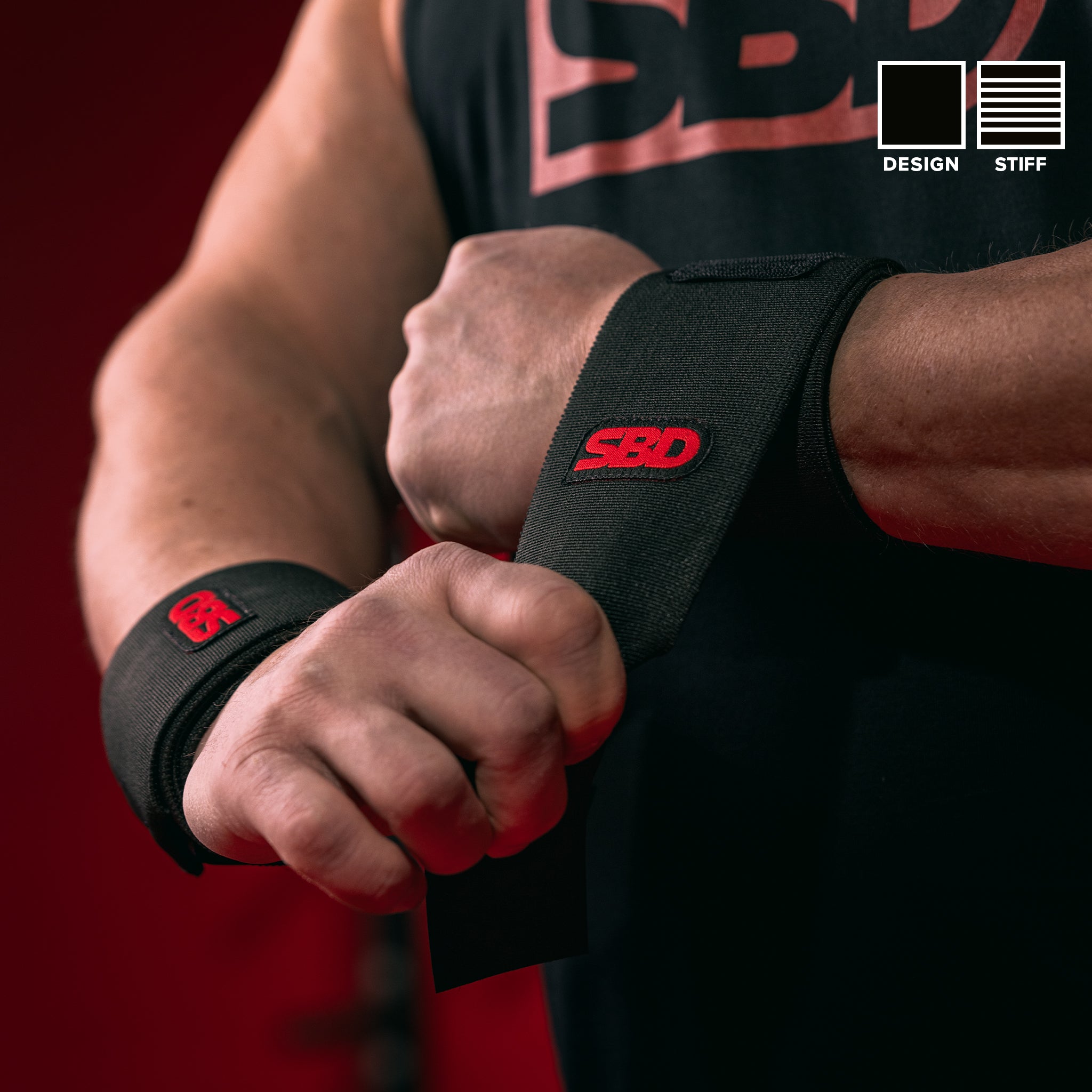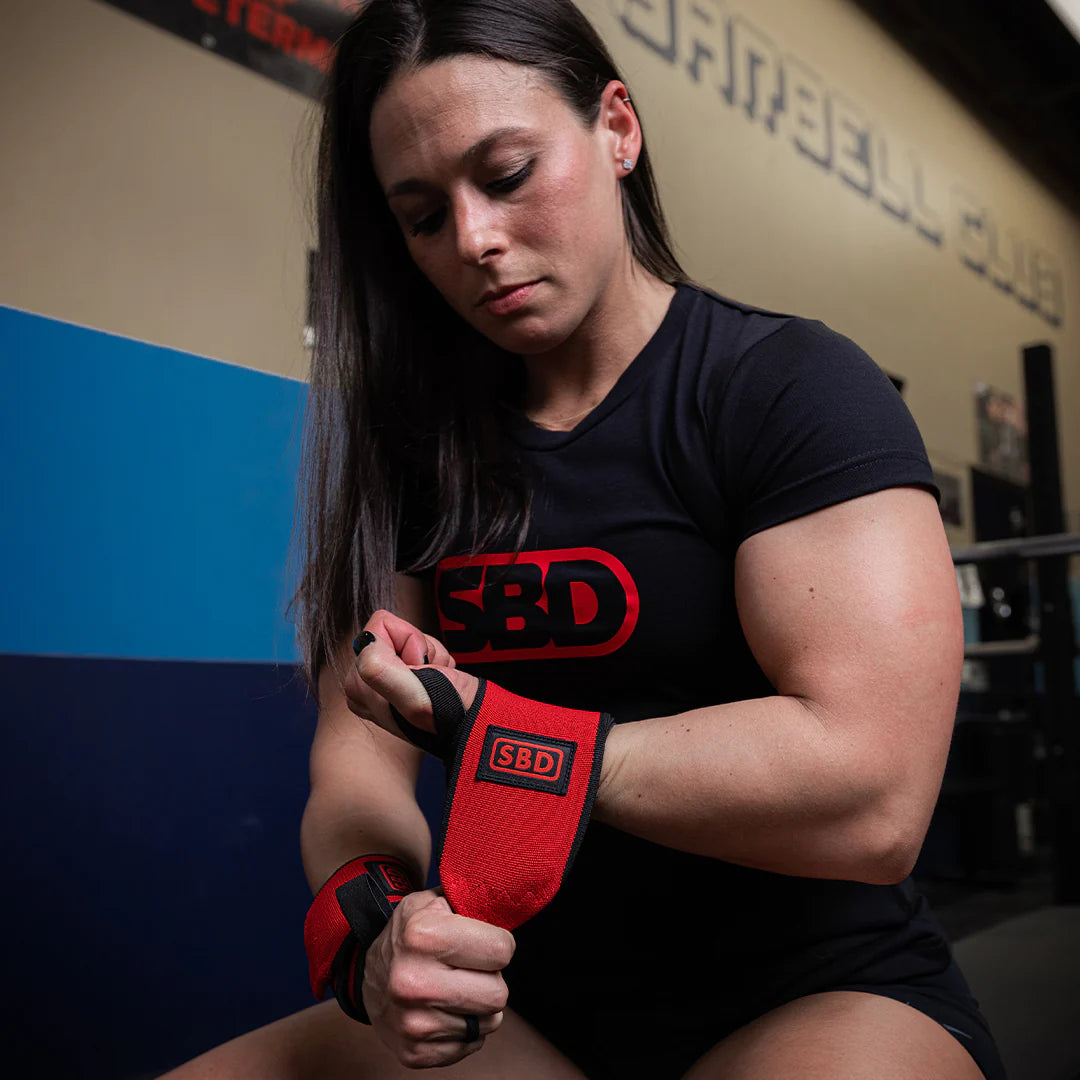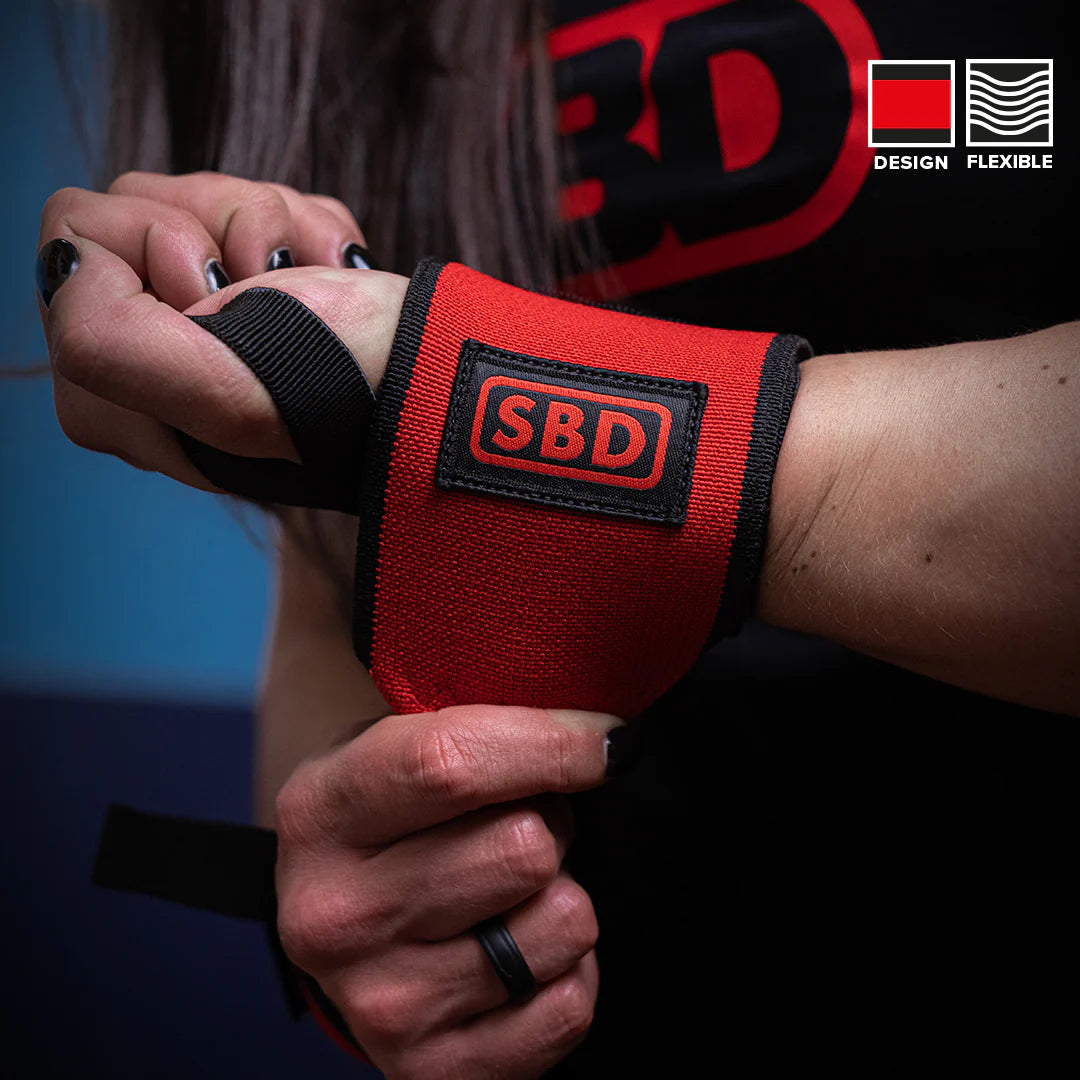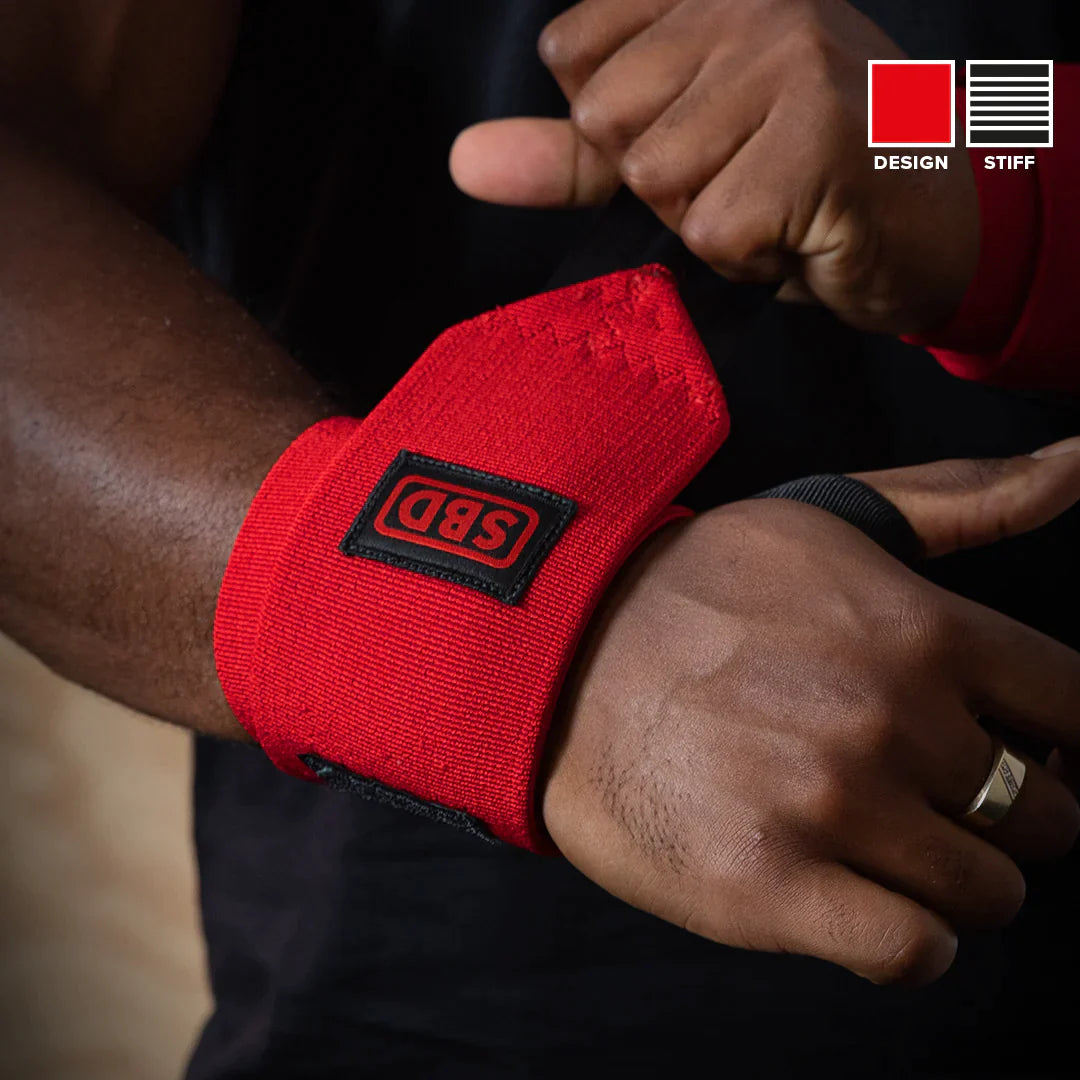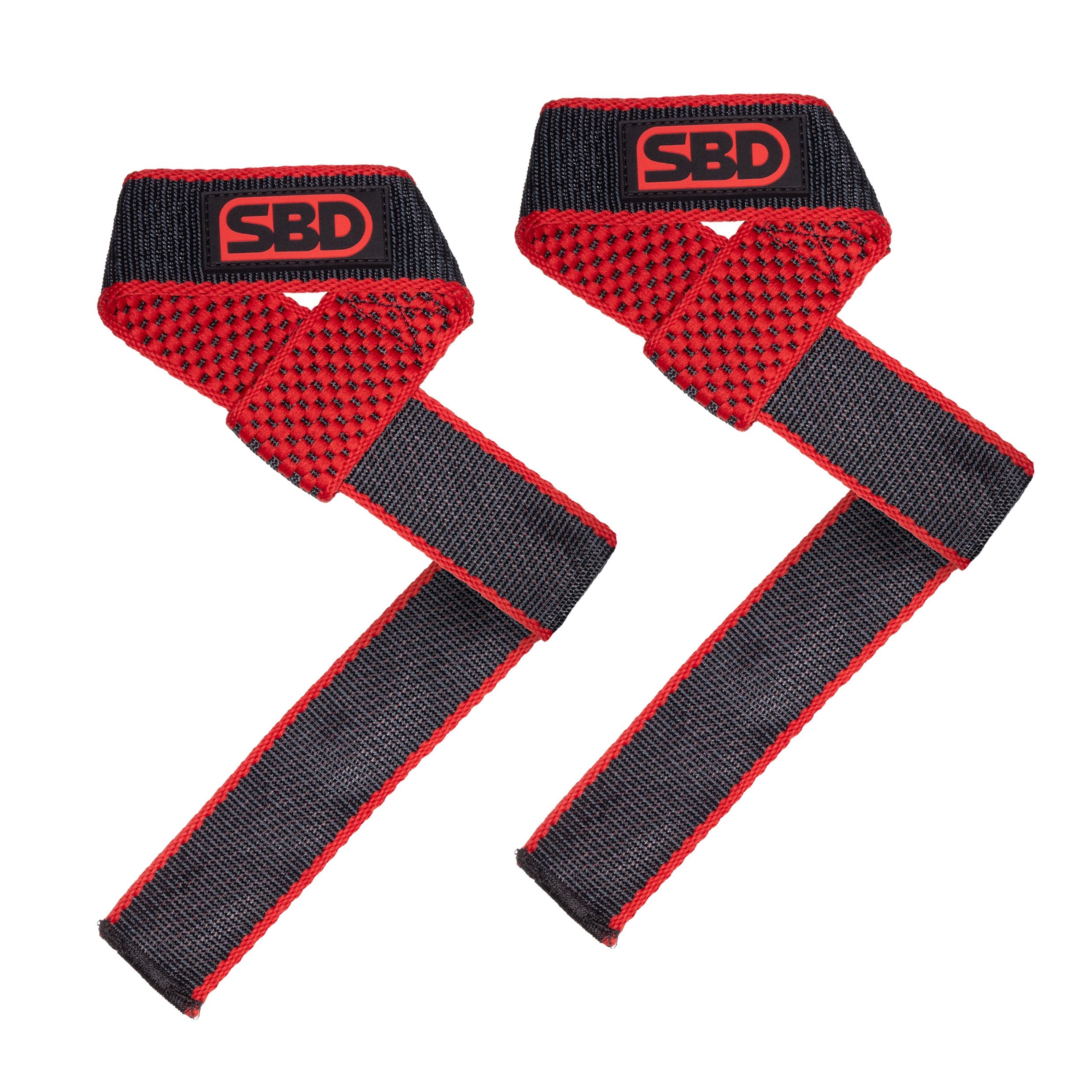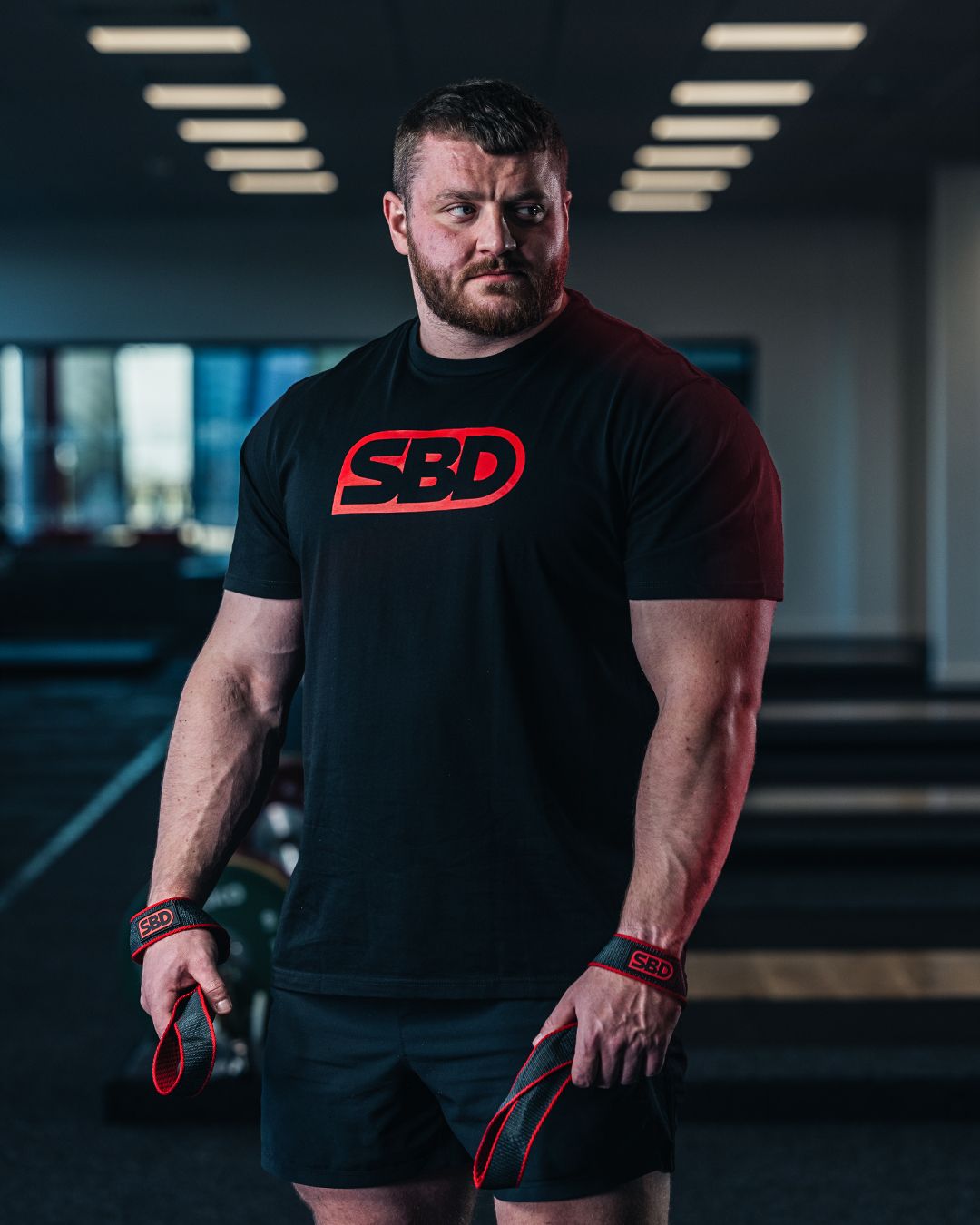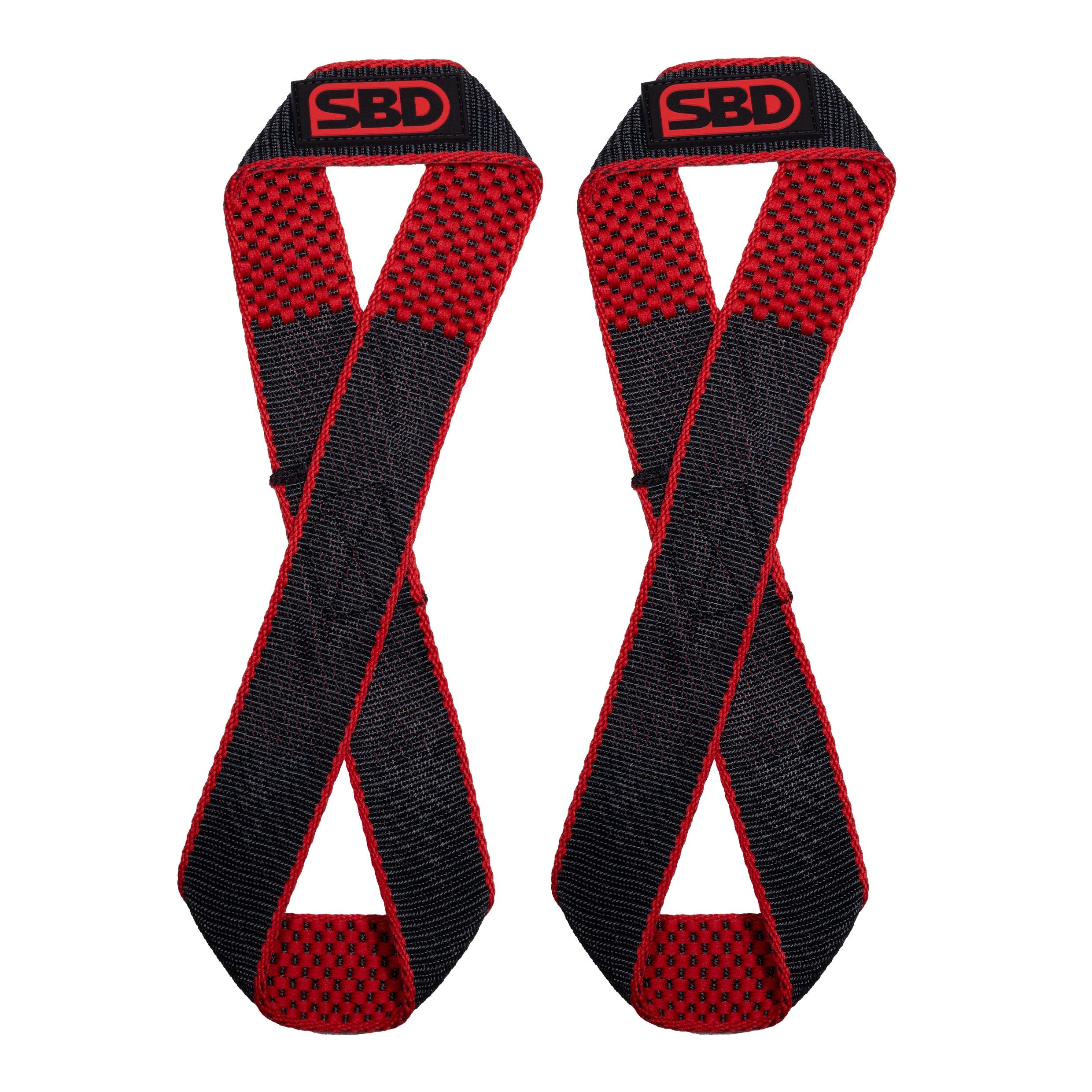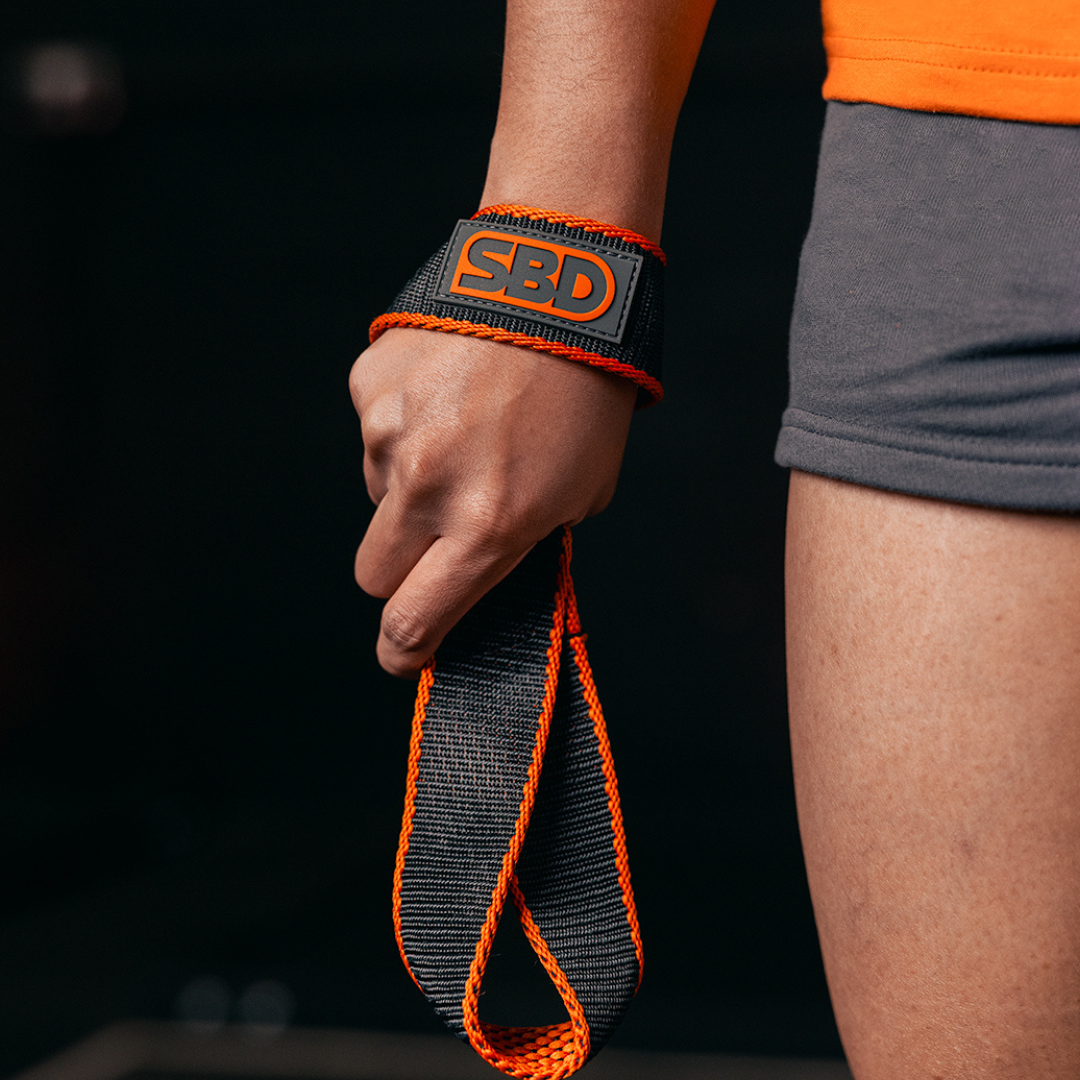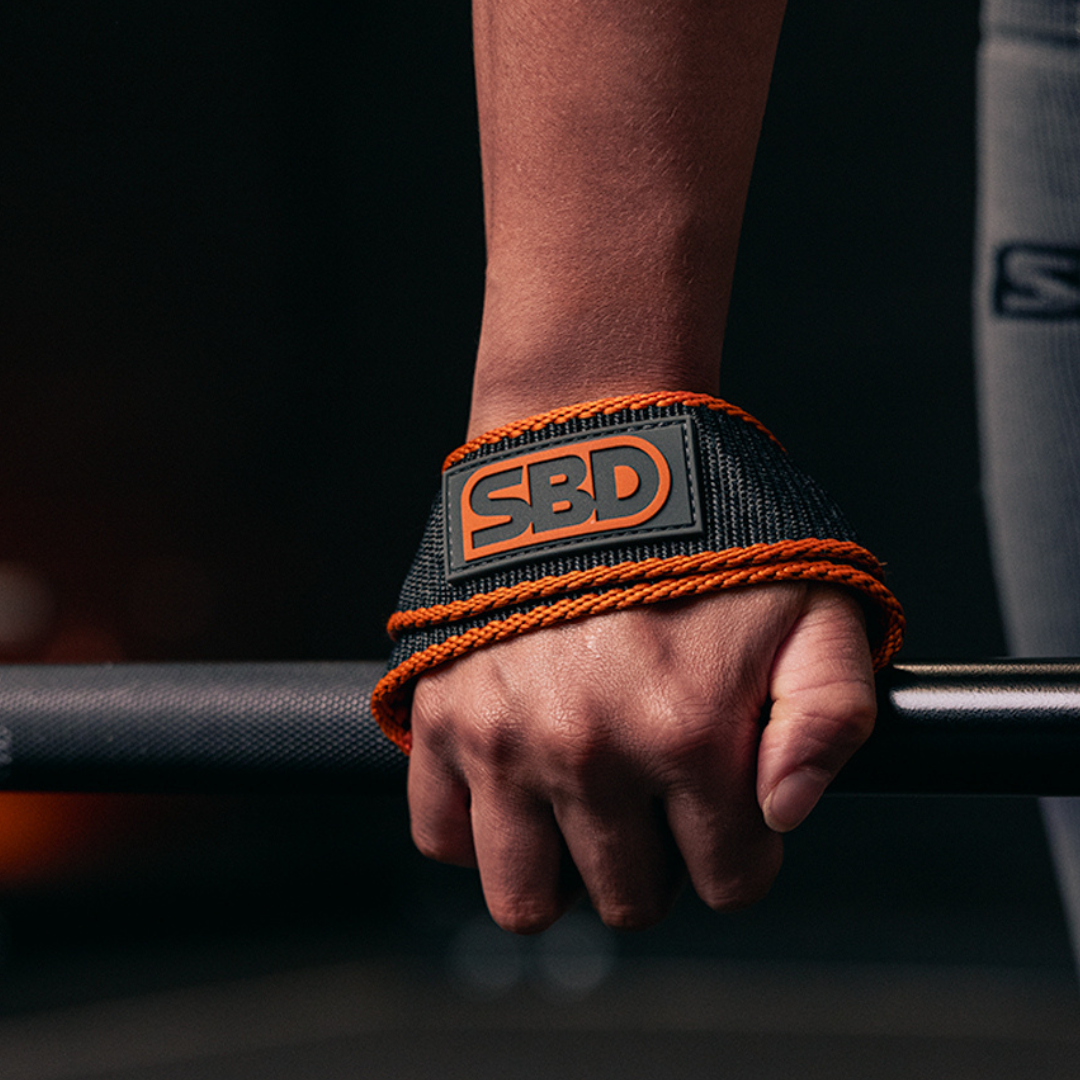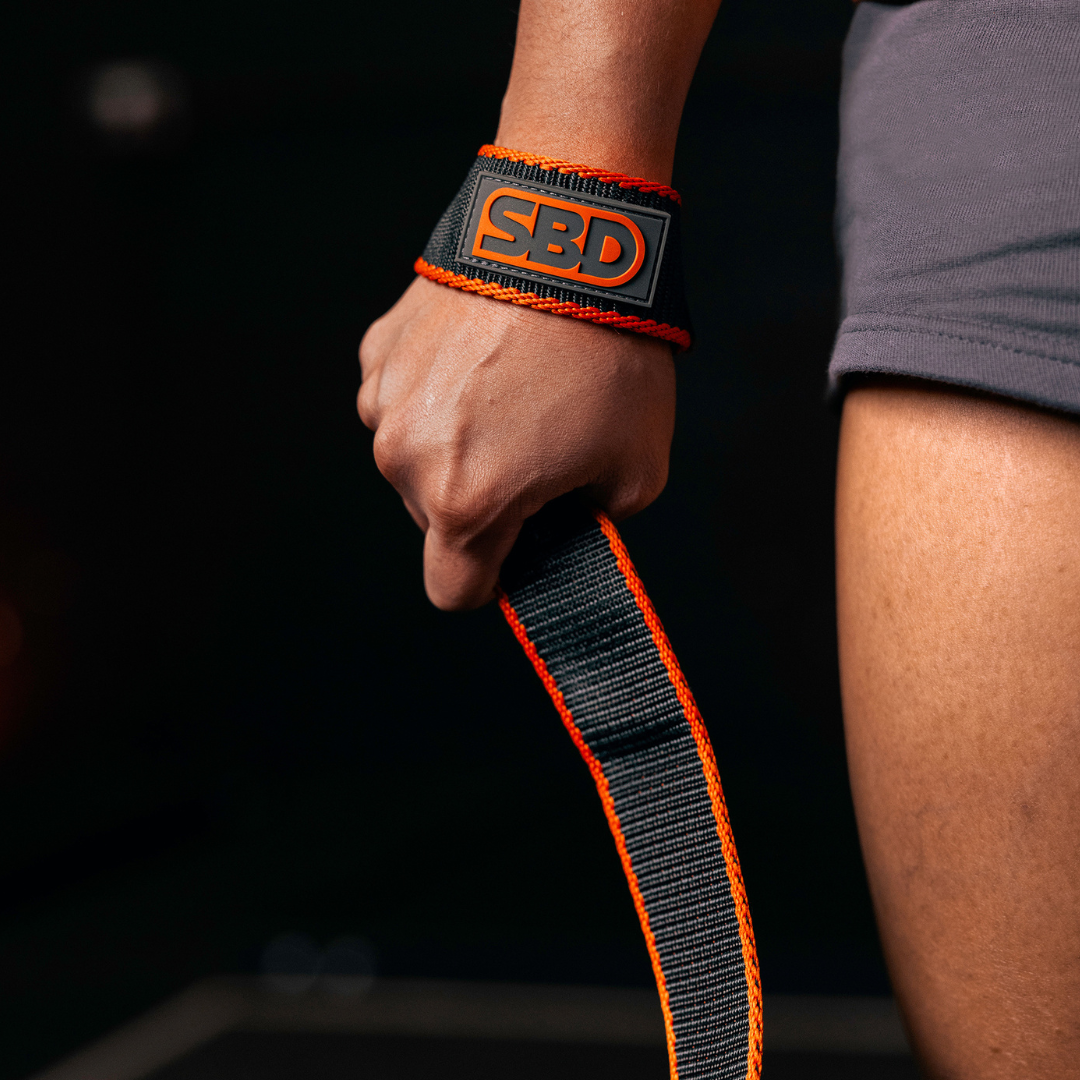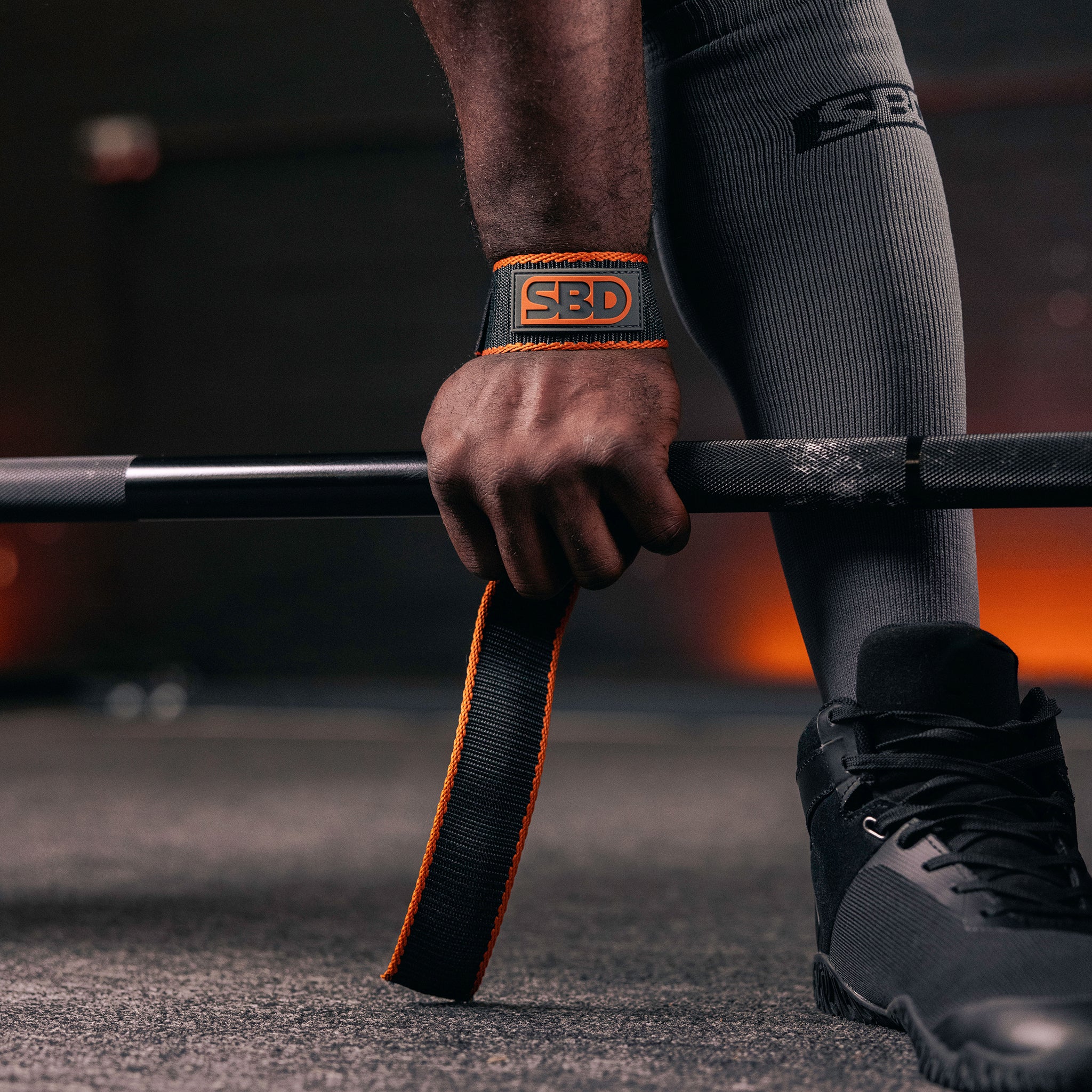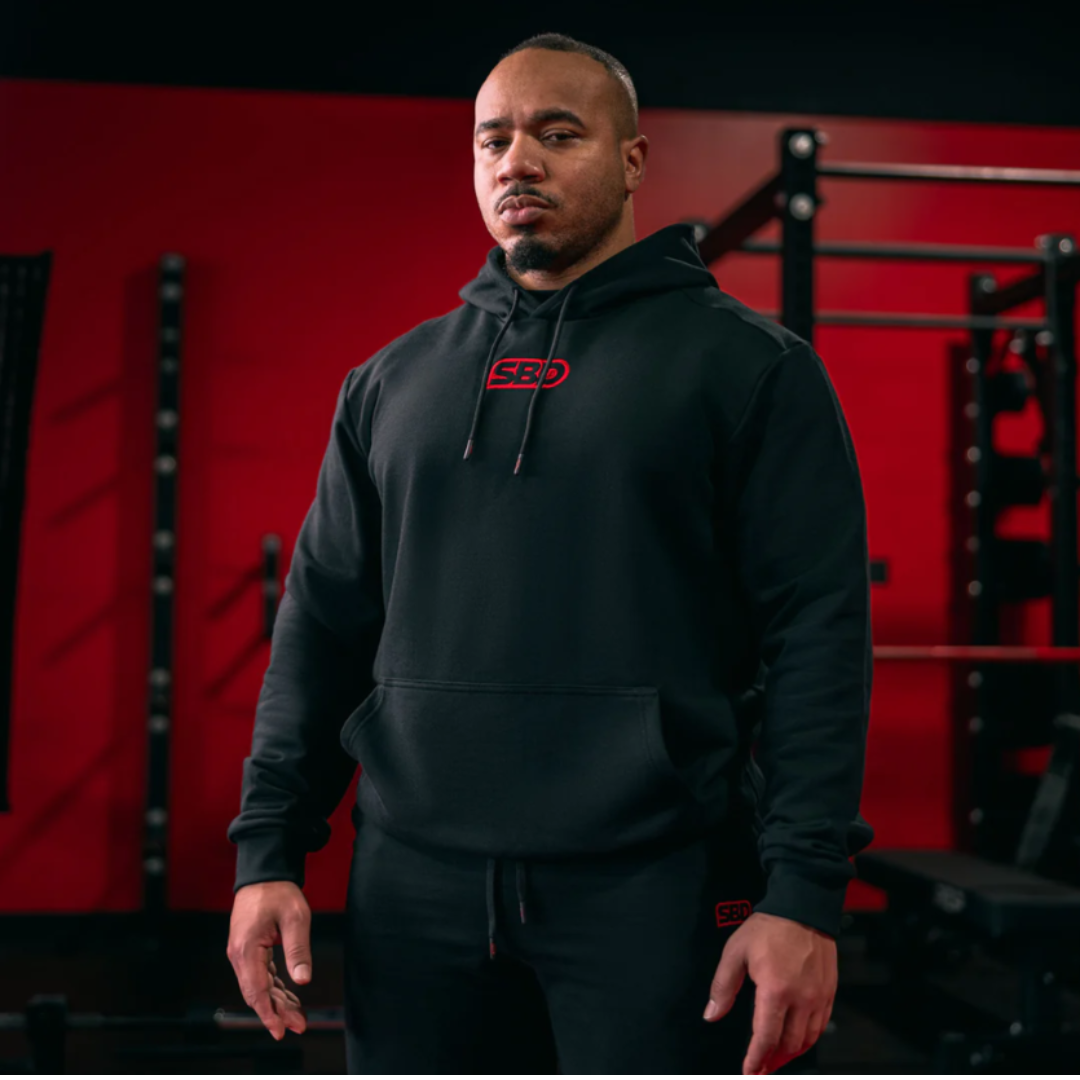The barbell split squat is a highly effective lower body exercise that targets the quads, hamstrings, glutes, and core. Unlike traditional squats, the split squat requires balance and stability, making it a great addition to any strength training routine.
In this blog, we will explore the benefits of the barbell split squat, provide detailed instructions on how to perform it correctly, and offer tips for maximising your workouts.
Benefits of Barbell Split Squats
-
Unilateral Strength: The barbell split squat is a unilateral exercise, meaning it works one leg at a time. This helps to address any imbalances in strength and muscle development between the legs.
-
Improved Balance and Stability: Performing split squats requires significant balance and stability, engaging your core and smaller stabilising muscles, which enhances overall athletic performance.
-
Enhanced Muscle Activation: The split squat effectively targets the quadriceps, hamstrings, and glutes, promoting muscle growth and strength. It also engages the core for stability, offering a comprehensive lower-body workout.
-
Versatility: Split squats can be performed with various equipment, but using a barbell adds intensity and challenge, making it suitable for intermediate to advanced lifters.
-
Reduced Spinal Load: Compared to traditional back squats, split squats place less stress on the lower back, making them a safer alternative for those with back issues.
How to Perform the Barbell Split Squat
-
Setup:
- Place a barbell on a squat rack at shoulder height.
- Position yourself under the bar, resting it across your upper traps.
- Stand with your feet shoulder-width apart, and lift the bar off the rack.
-
Positioning:
- Step one foot back into a split stance, ensuring you have a stable base.
- Your front foot should be flat on the ground, while the rear foot can be on the toes.
-
Descent:
- Inhale deeply, brace your core, and slowly lower your body by bending both knees.
- Keep your torso upright and your front knee tracking over your toes.
- Lower until your rear knee is just above the ground or your front thigh is parallel to the floor.
-
Ascent:
- Push through the heel of your front foot to stand back up, extending both knees.
- Exhale as you return to the starting position.
-
Repeat:
- Perform the desired number of repetitions on one leg before switching to the other.
Tips for Mastering the Barbell Split Squat
-
Start with Bodyweight: Before adding a barbell, practice the split squat with just your body weight to master the form and balance.
-
Focus on Form: Proper form is crucial. Keep your torso upright, your core engaged, and your front knee aligned with your toes. Avoid letting your front knee cave inward.
-
Use a Mirror: Performing split squats in front of a mirror can help you monitor your form and ensure proper alignment.
-
Gradual Progression: Start with a lighter barbell and gradually increase the weight as you become more comfortable and confident with the exercise.
-
Core Engagement: Engage your core throughout the movement to maintain stability and protect your lower back.
Common Mistakes to Avoid
-
Incorrect Stance: Ensure your stance is neither too narrow nor too wide. A proper split stance provides stability and allows for full range of motion.
-
Leaning Forward: Maintain an upright torso to prevent unnecessary strain on your lower back. Focus on engaging your core and keeping your chest up.
-
Rushed Movements: Perform the exercise with controlled movements, both during the descent and ascent. Rushing can compromise form and increase injury risk.
-
Neglecting the Rear Leg: While the front leg does most of the work, ensure your rear leg is properly positioned and engaged to maintain balance.
Conclusion
The barbell split squat is a highly effective exercise for building lower body strength, improving balance and stability, and addressing muscle imbalances. By focusing on proper technique, starting with manageable weights, and avoiding common mistakes, you can maximise the benefits of this powerful exercise. Incorporate barbell split squats into your training routine to enhance your overall athletic performance and achieve your fitness goals. Happy lifting!
Frequently Asked Questions (FAQs)
-
How often should I perform barbell split squats? Incorporate barbell split squats into your leg day routine 1-2 times per week, depending on your overall training programme and goals.
-
Can beginners perform barbell split squats? Beginners should start with bodyweight split squats to master the form and balance. Once comfortable, they can gradually add weight using dumbbells or a barbell.
-
What is a good starting weight for barbell split squats? Start with a light barbell or an unloaded bar to get accustomed to the movement. Gradually increase the weight as you become more confident and proficient.
-
Should I use a belt for barbell split squats? A lifting belt is not typically necessary for split squats. Focus on building core strength and stability through proper form and technique.
-
How can I avoid knee pain during split squats? Ensure your knee tracks over your toes and does not collapse inward. Keep your weight balanced between both legs and maintain proper form to reduce stress on the knees.




